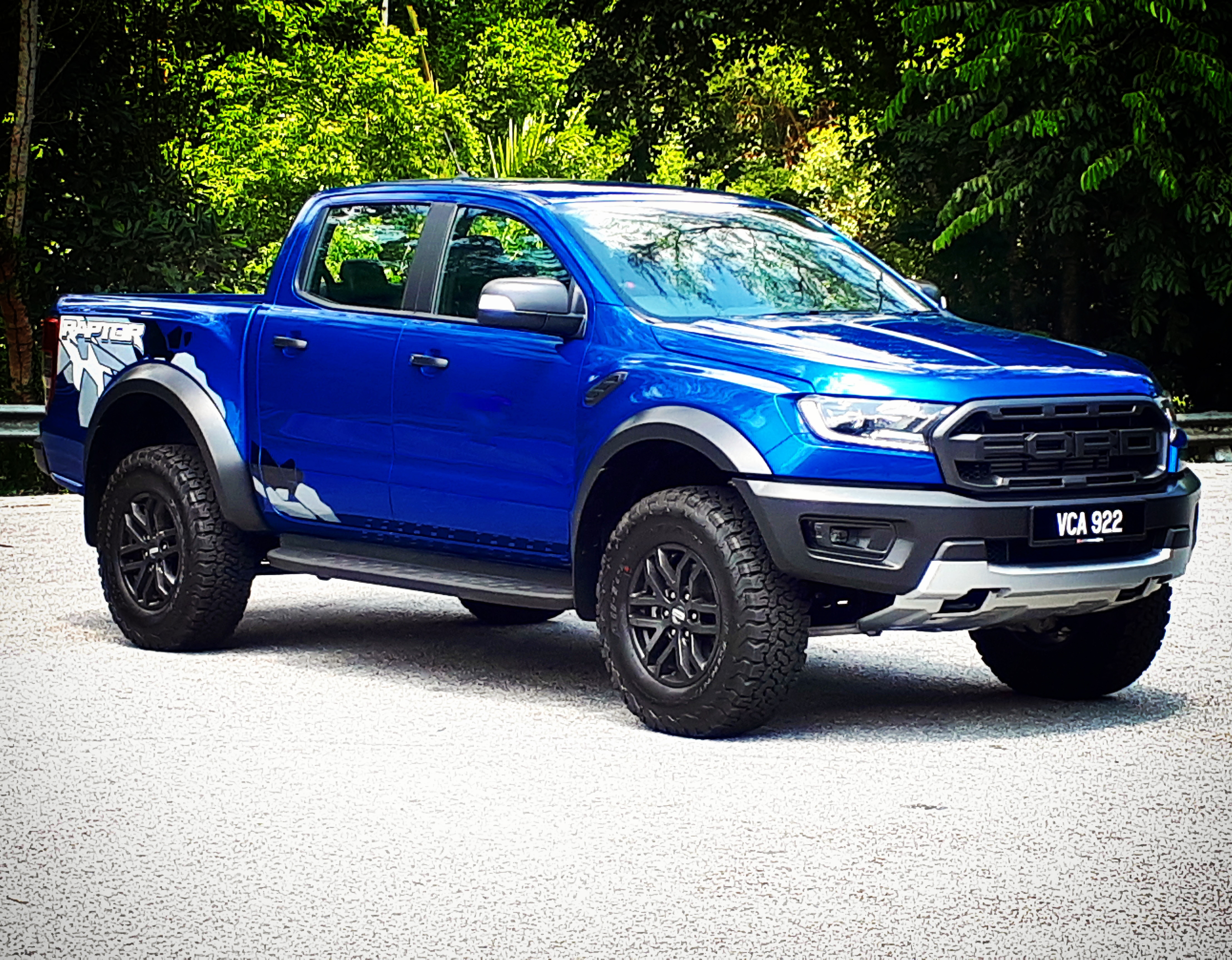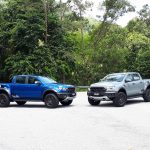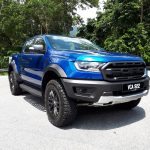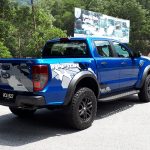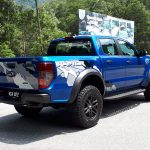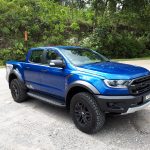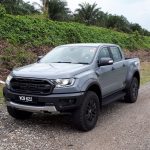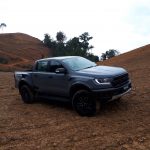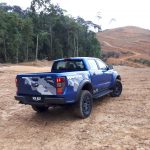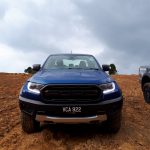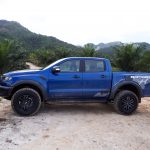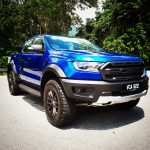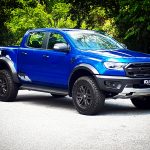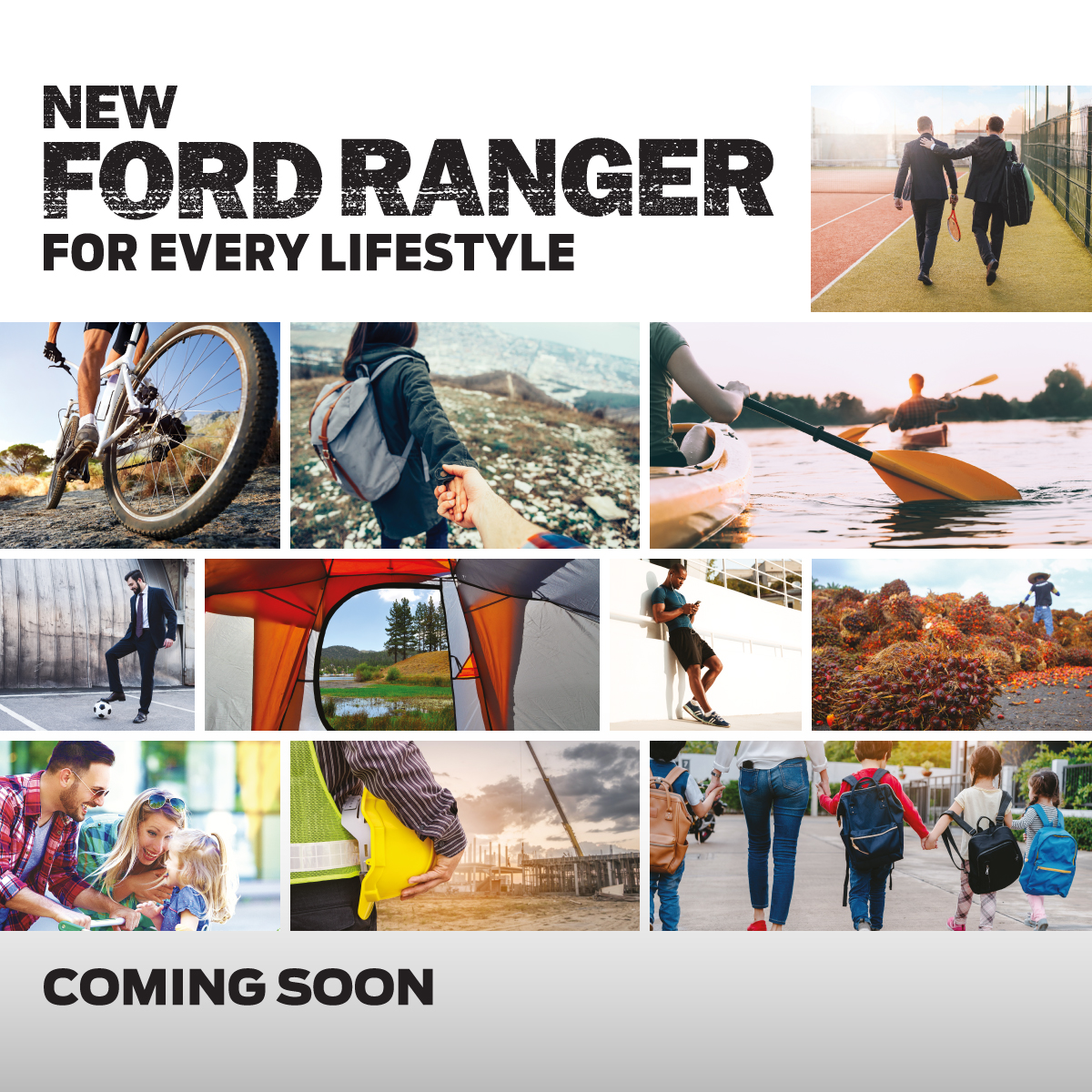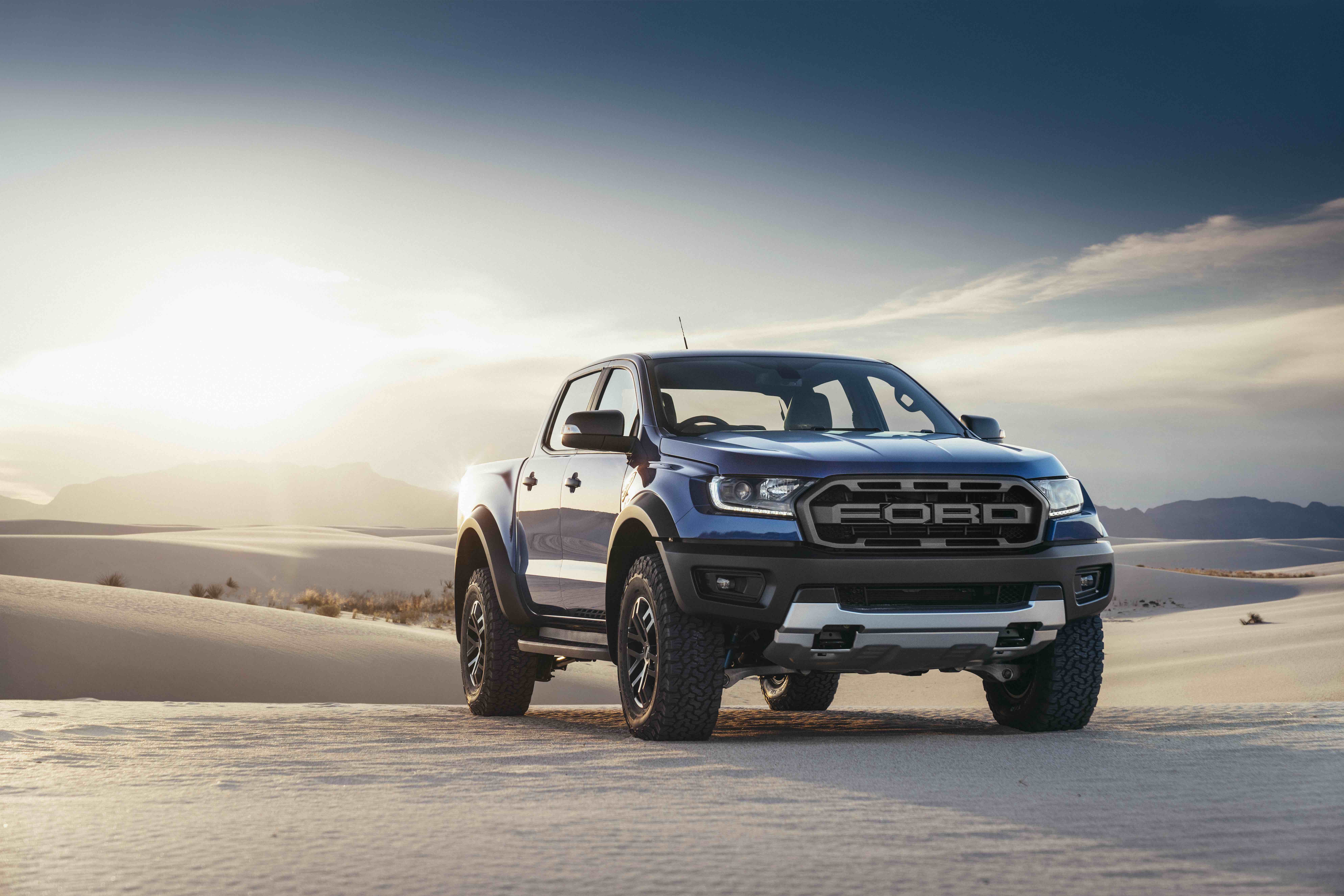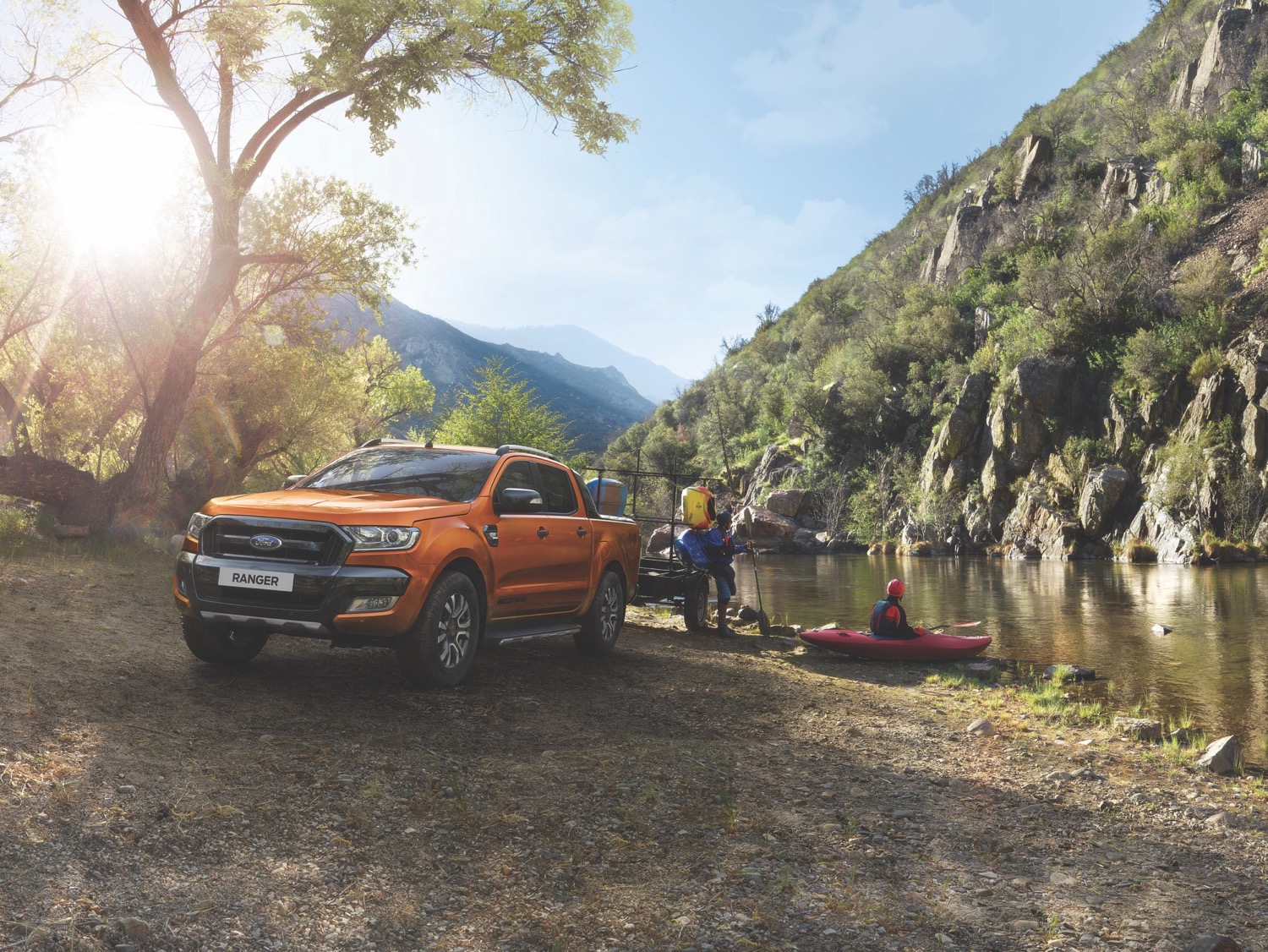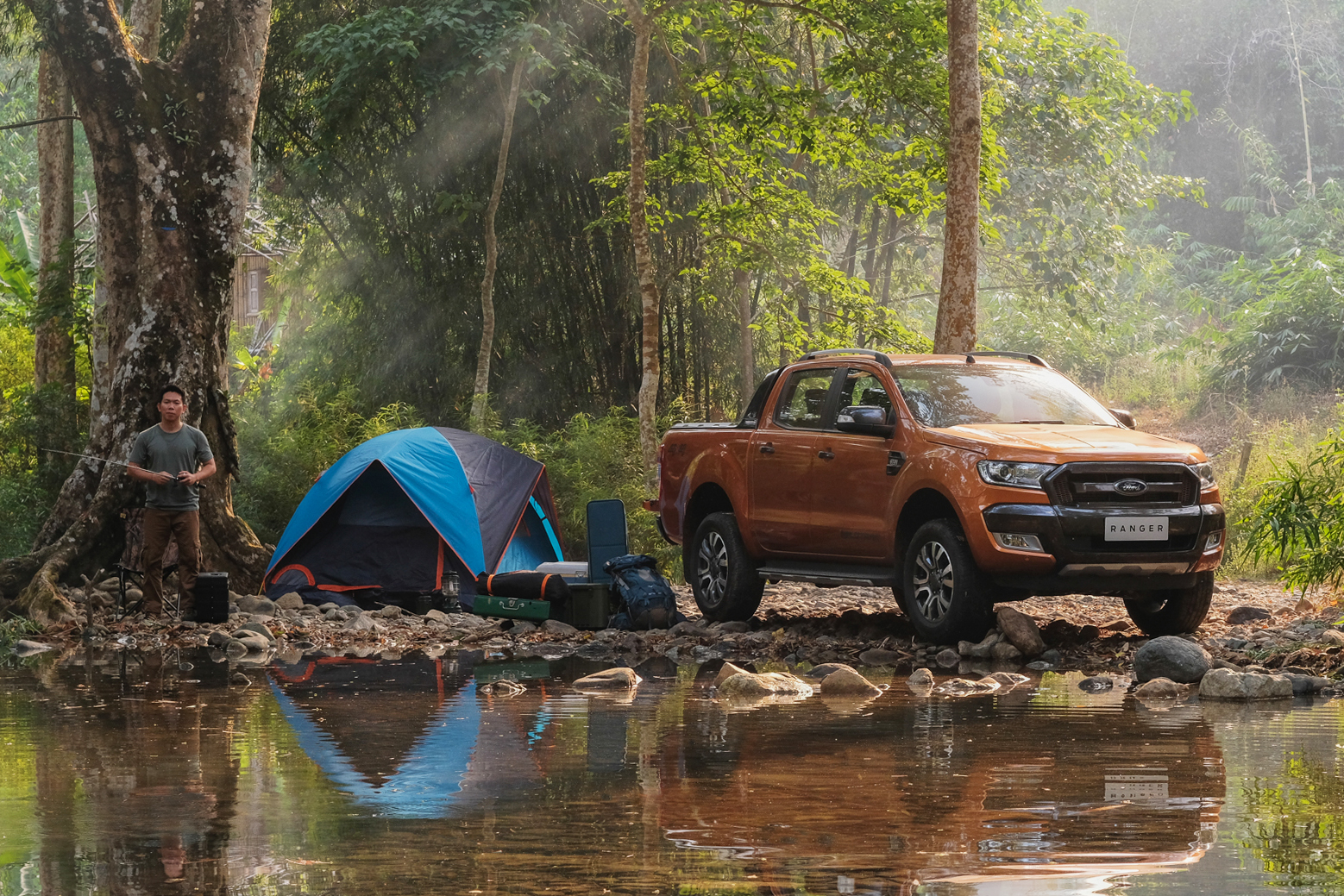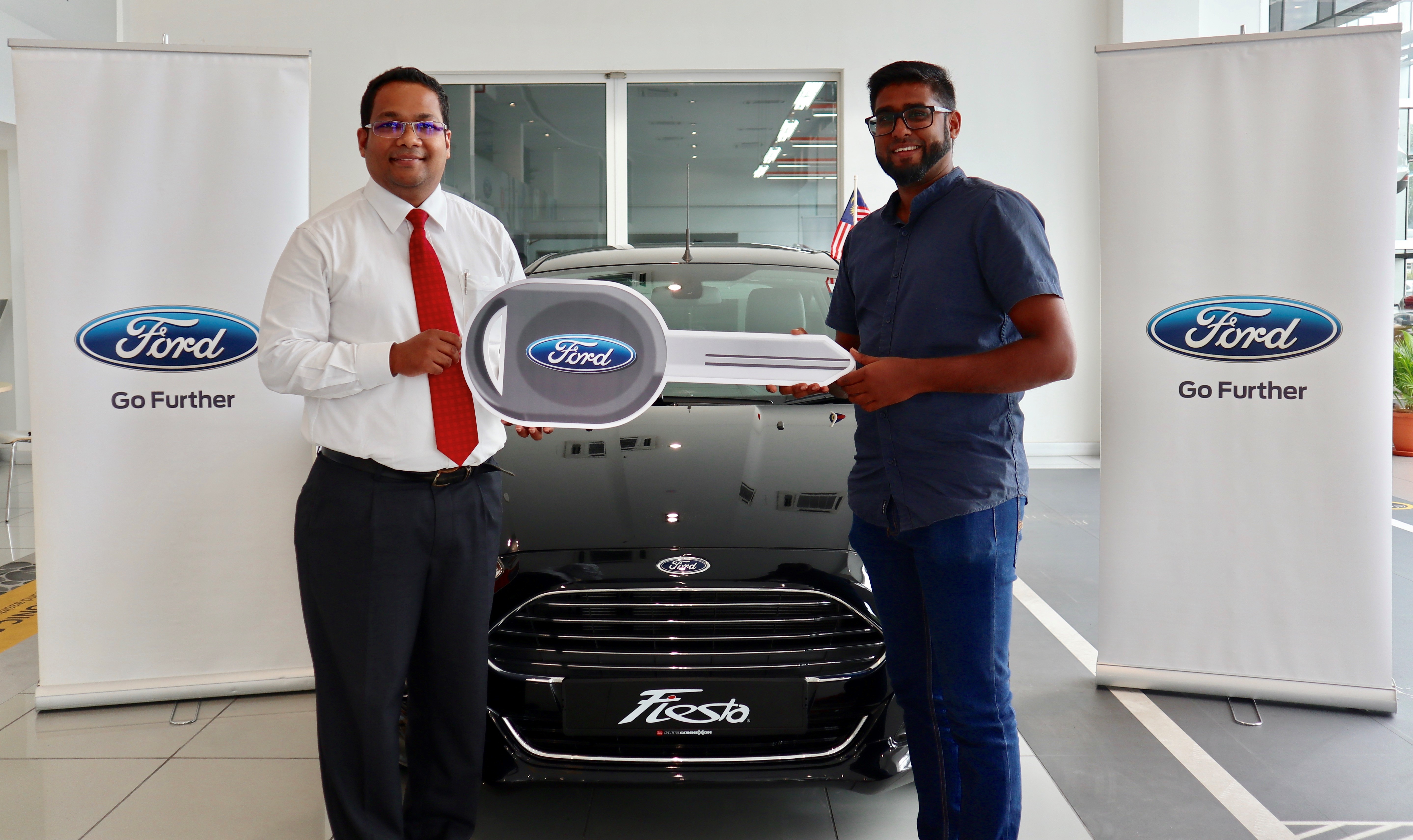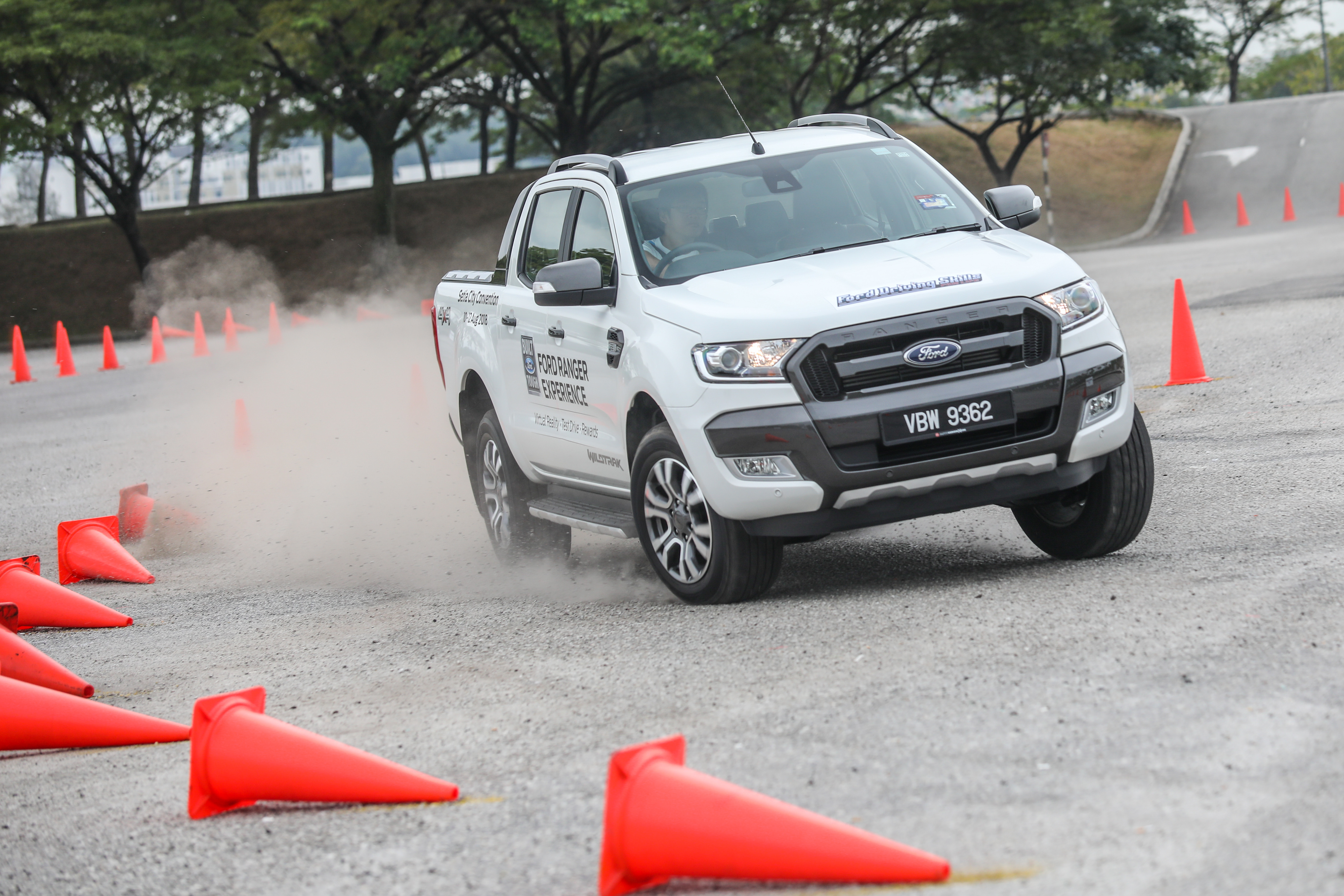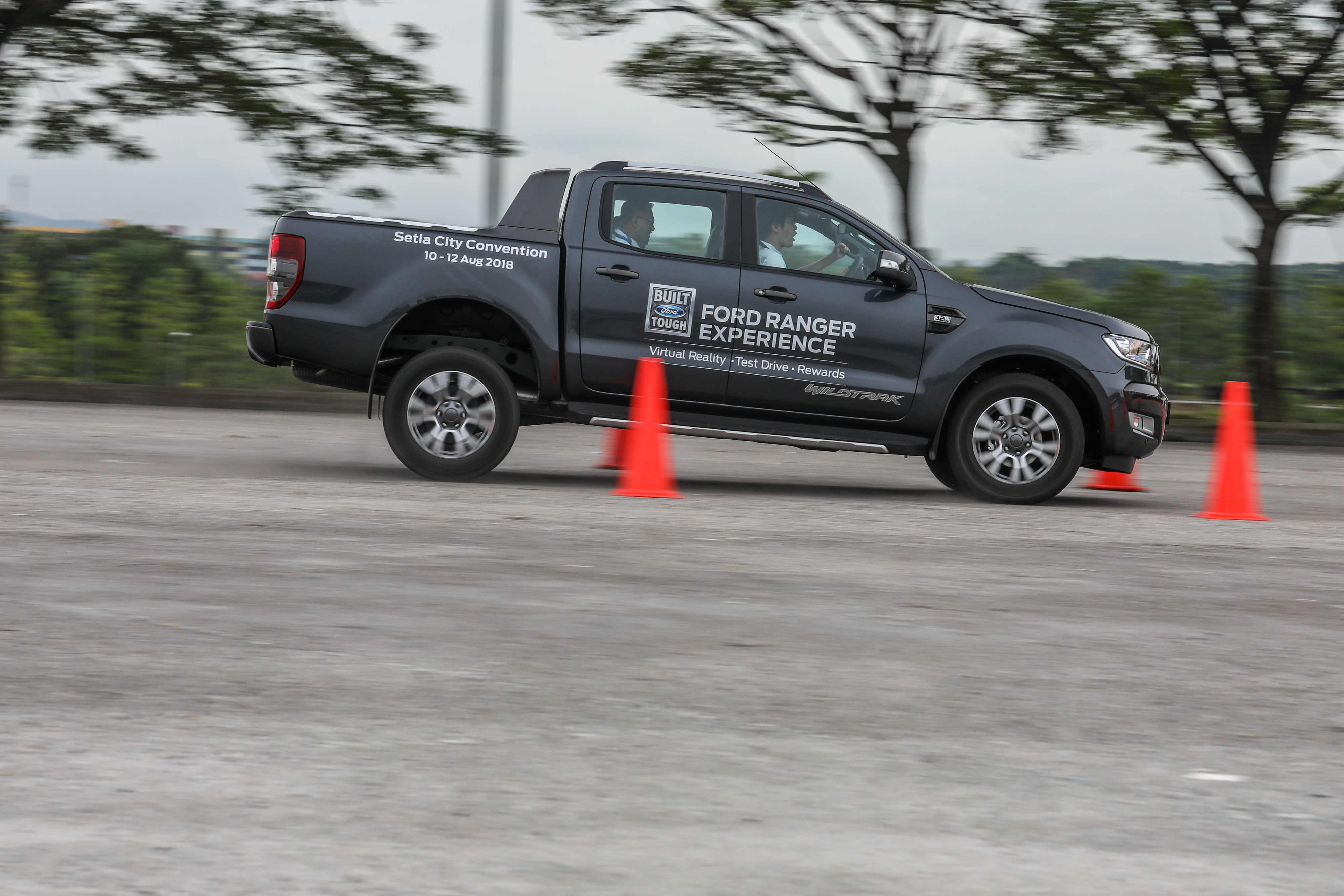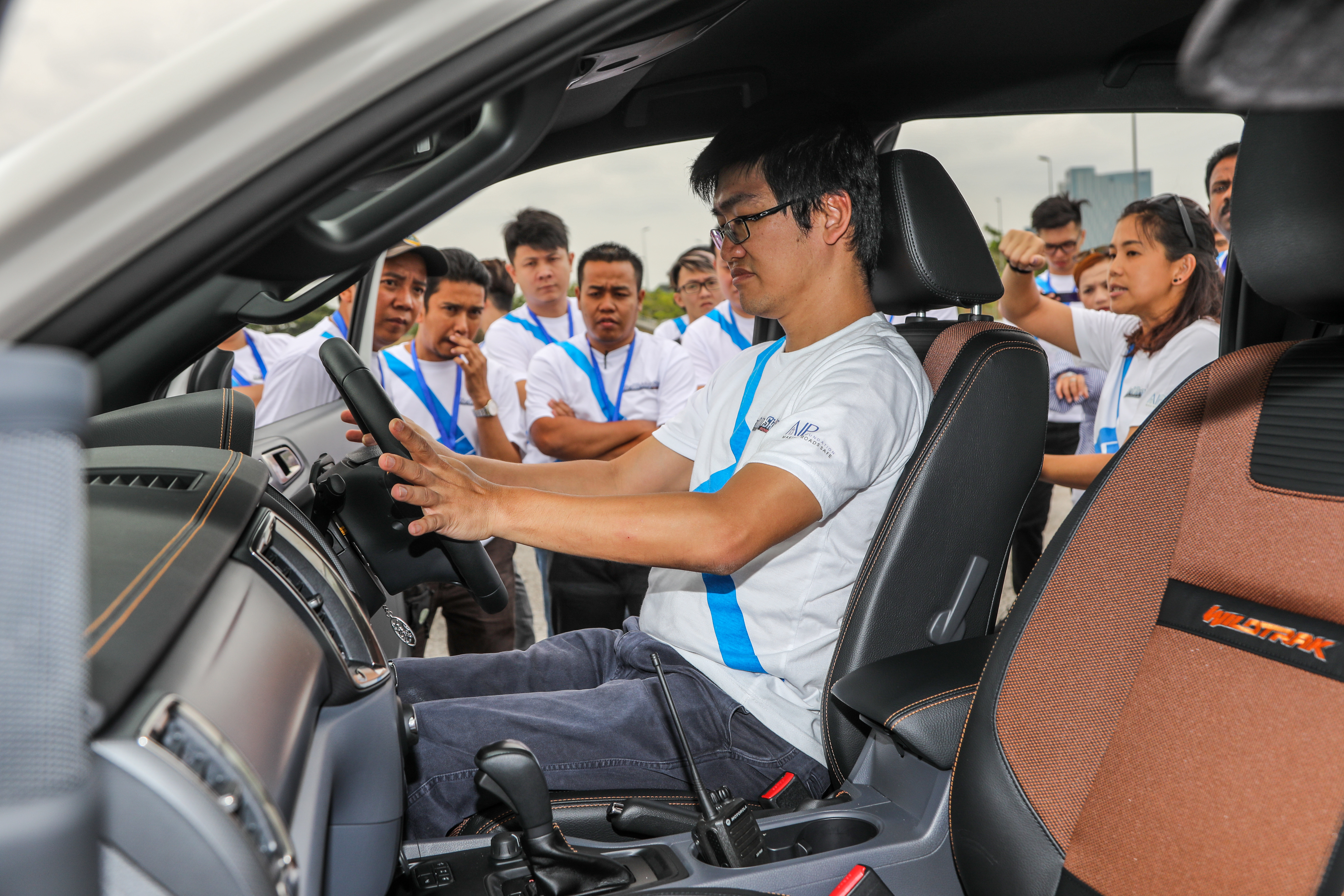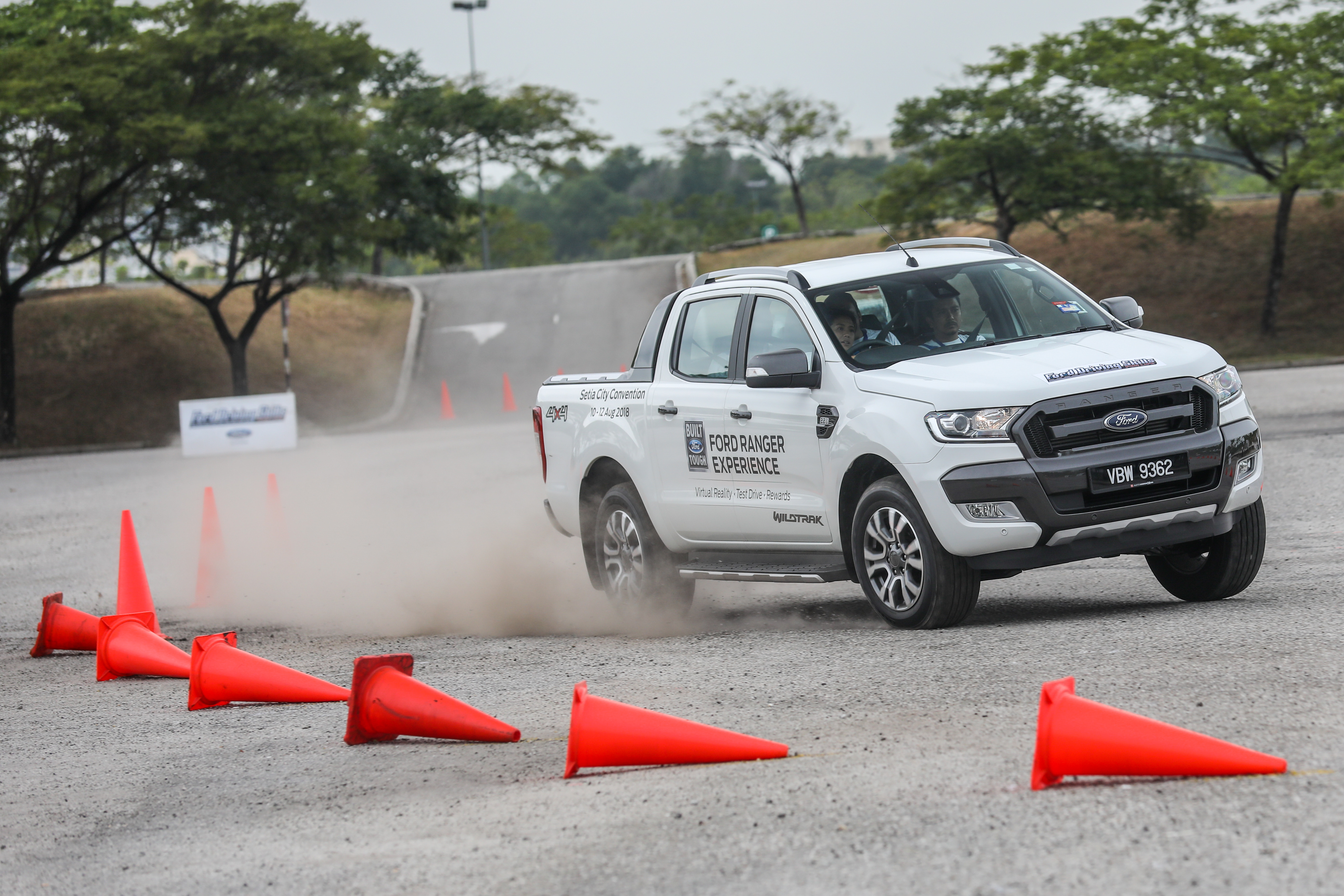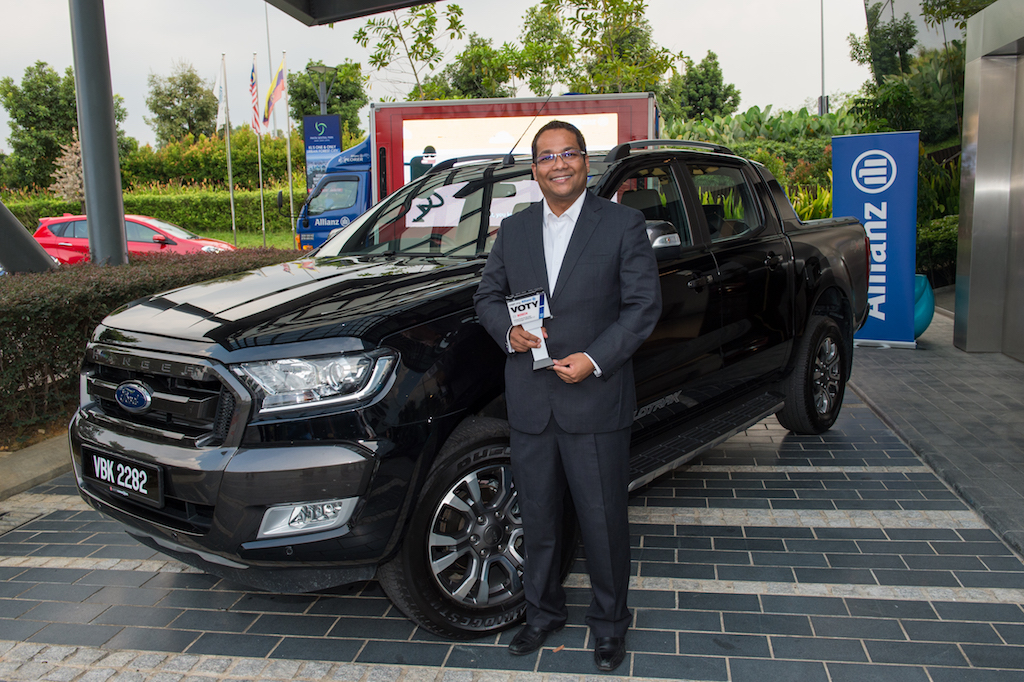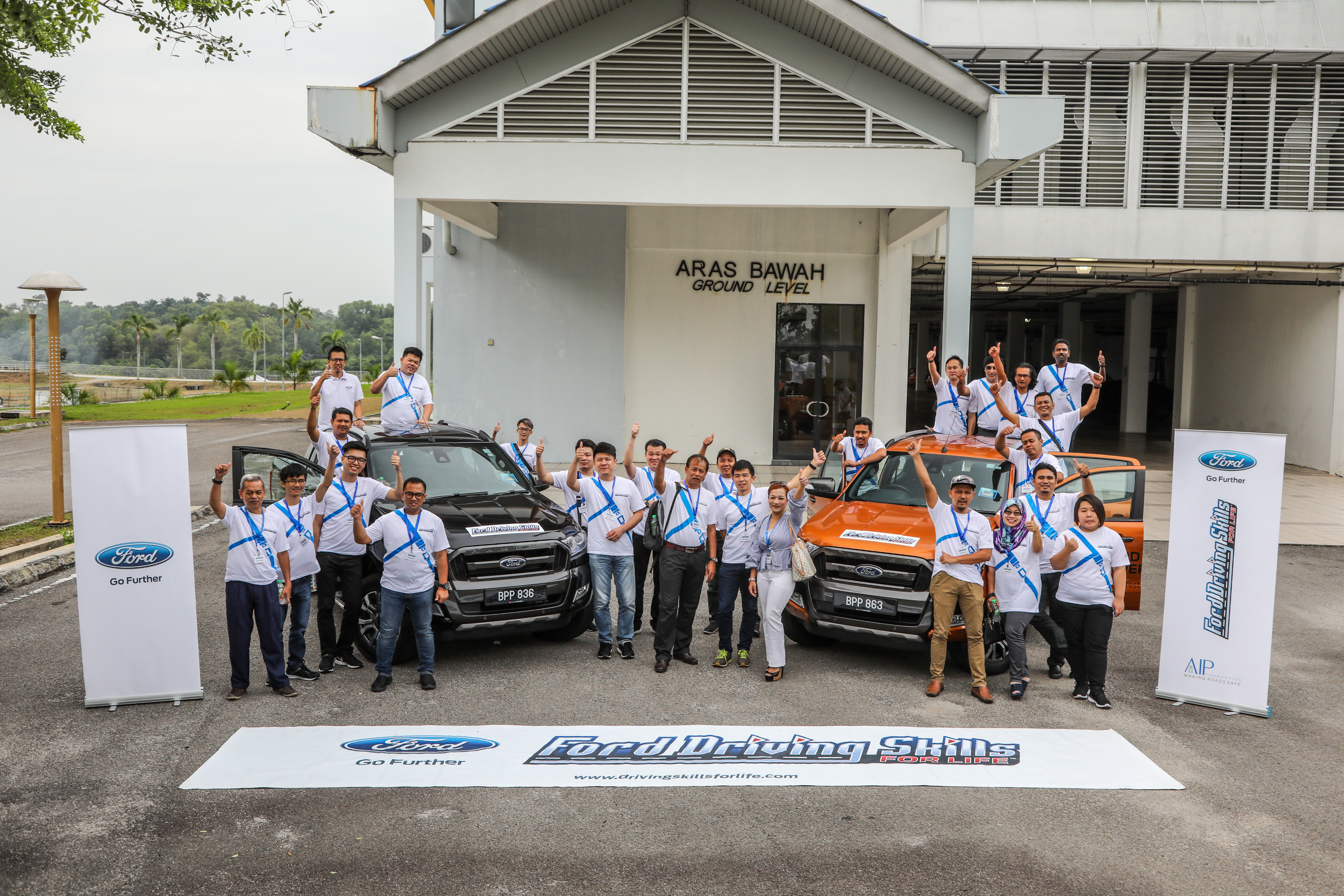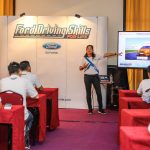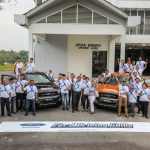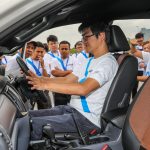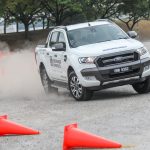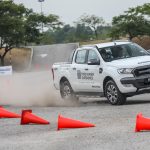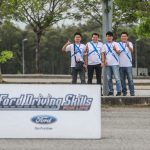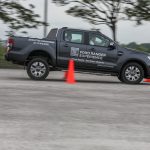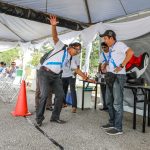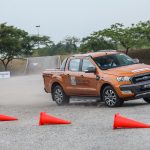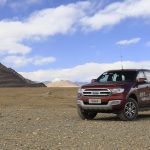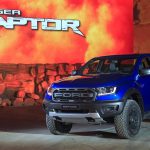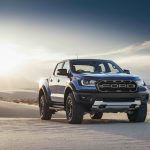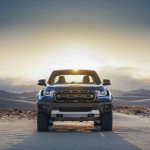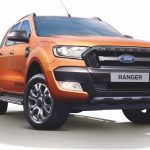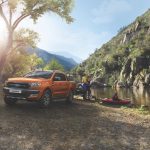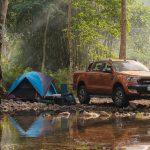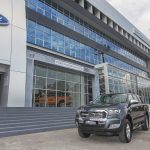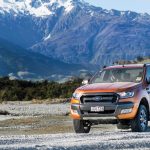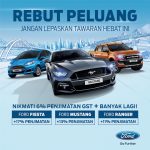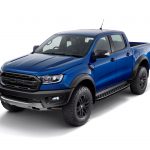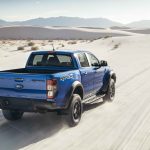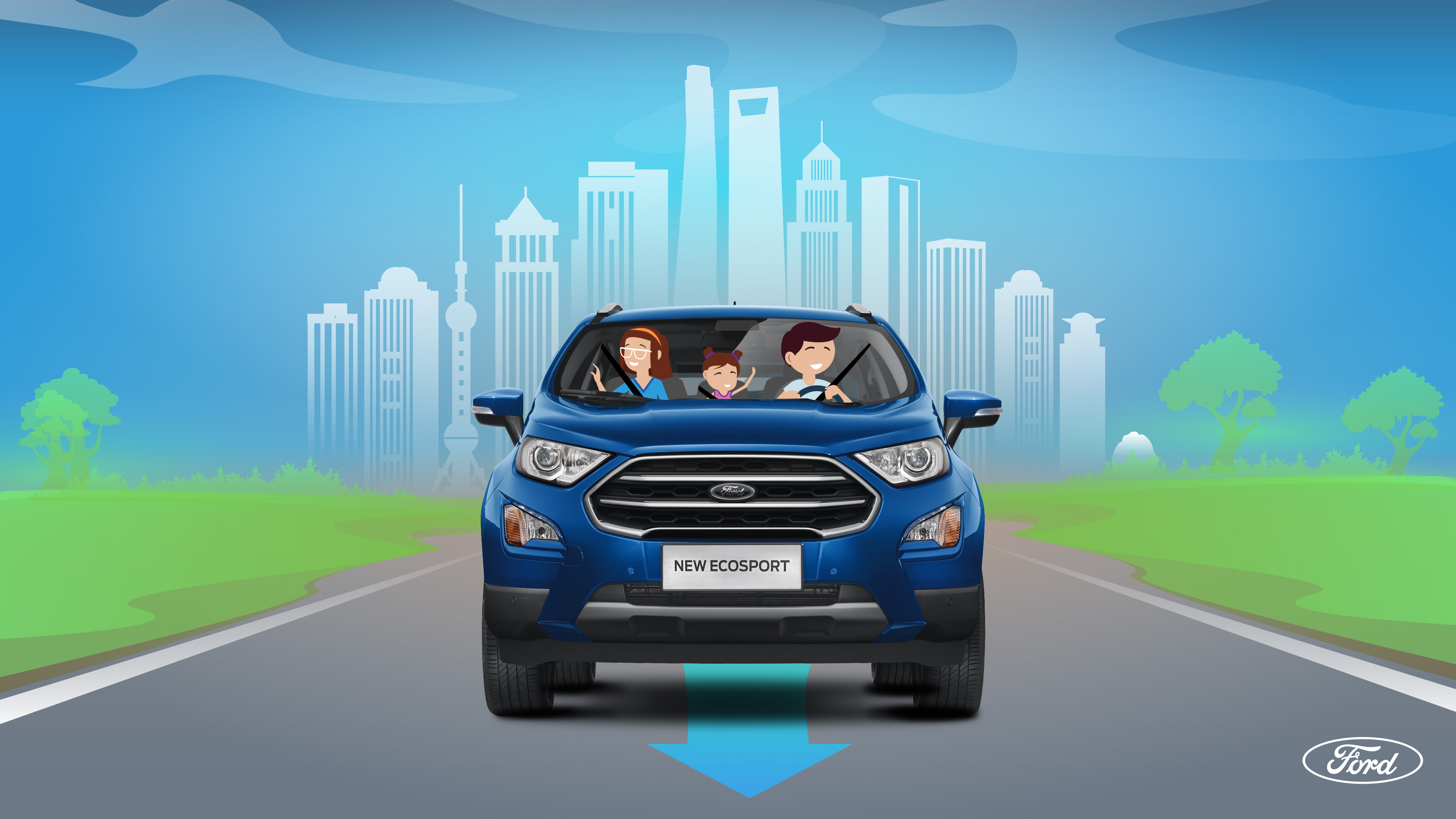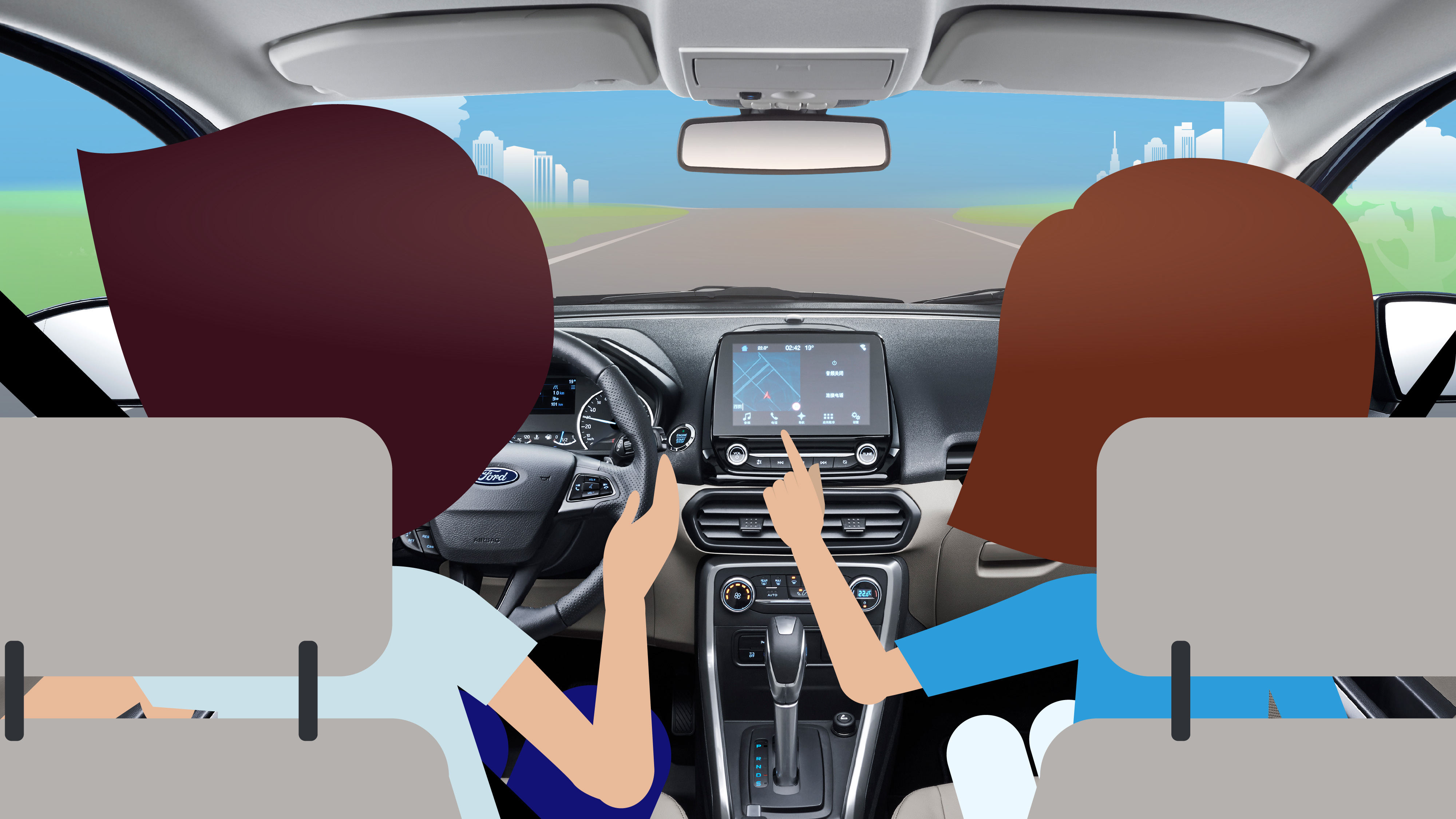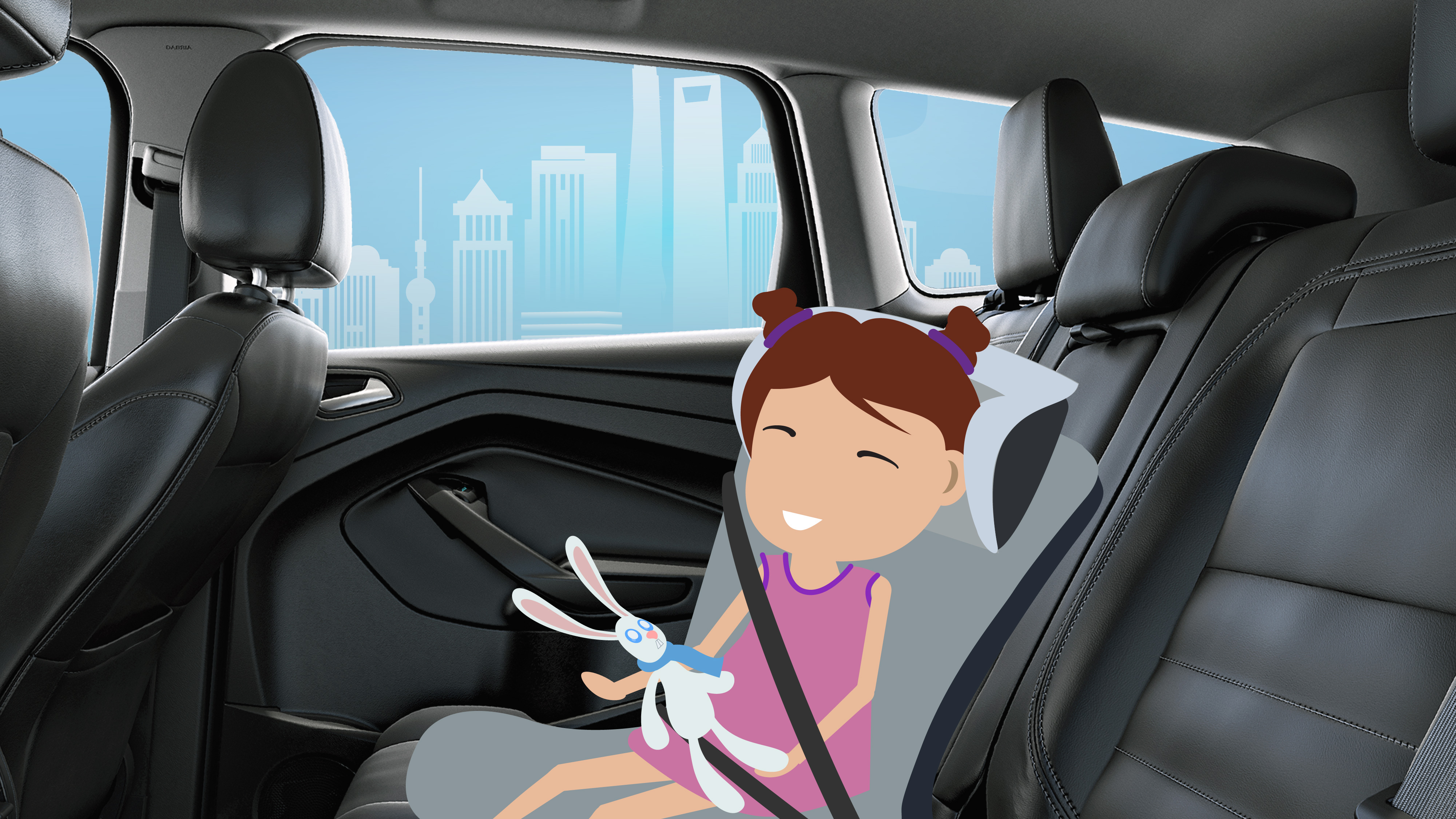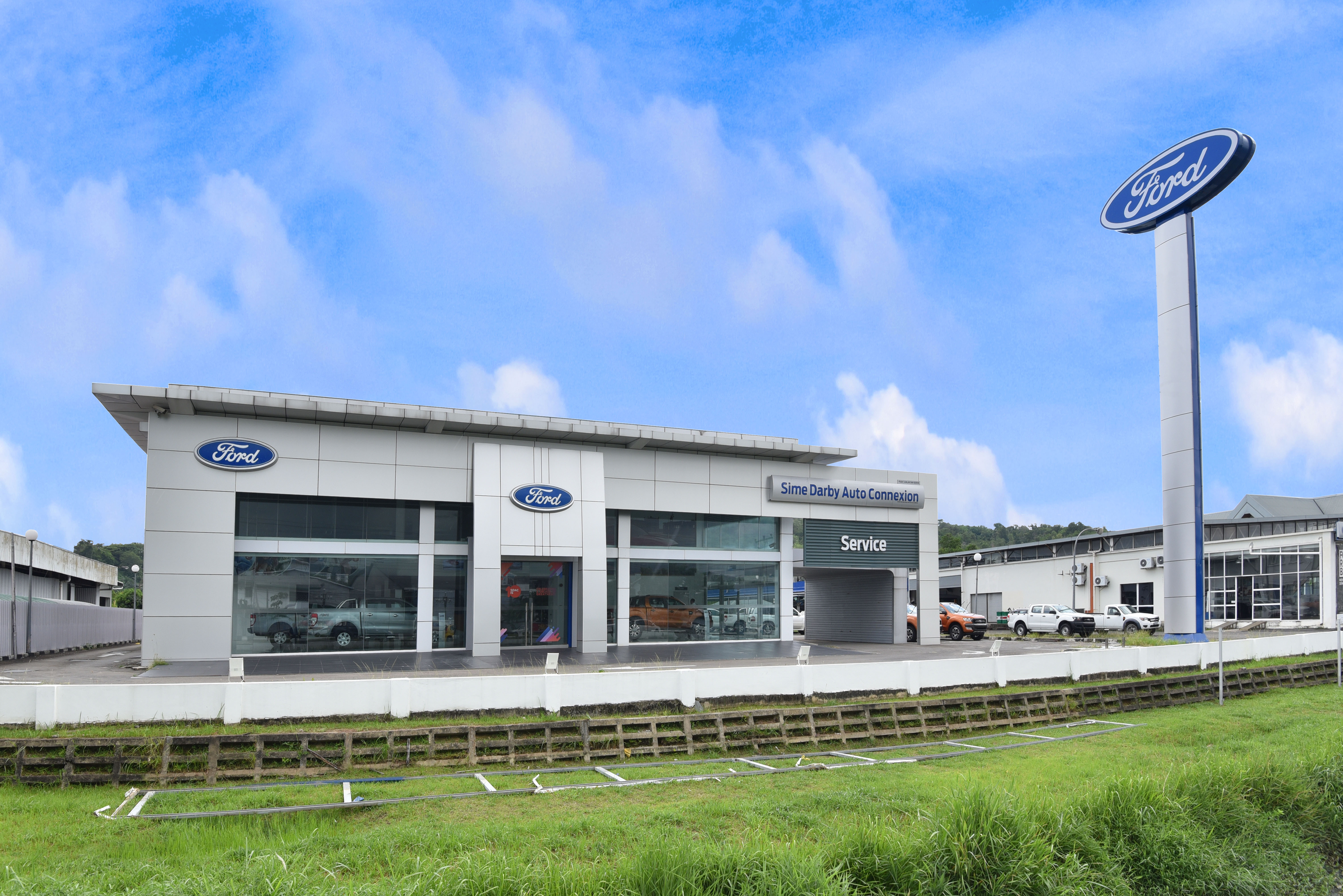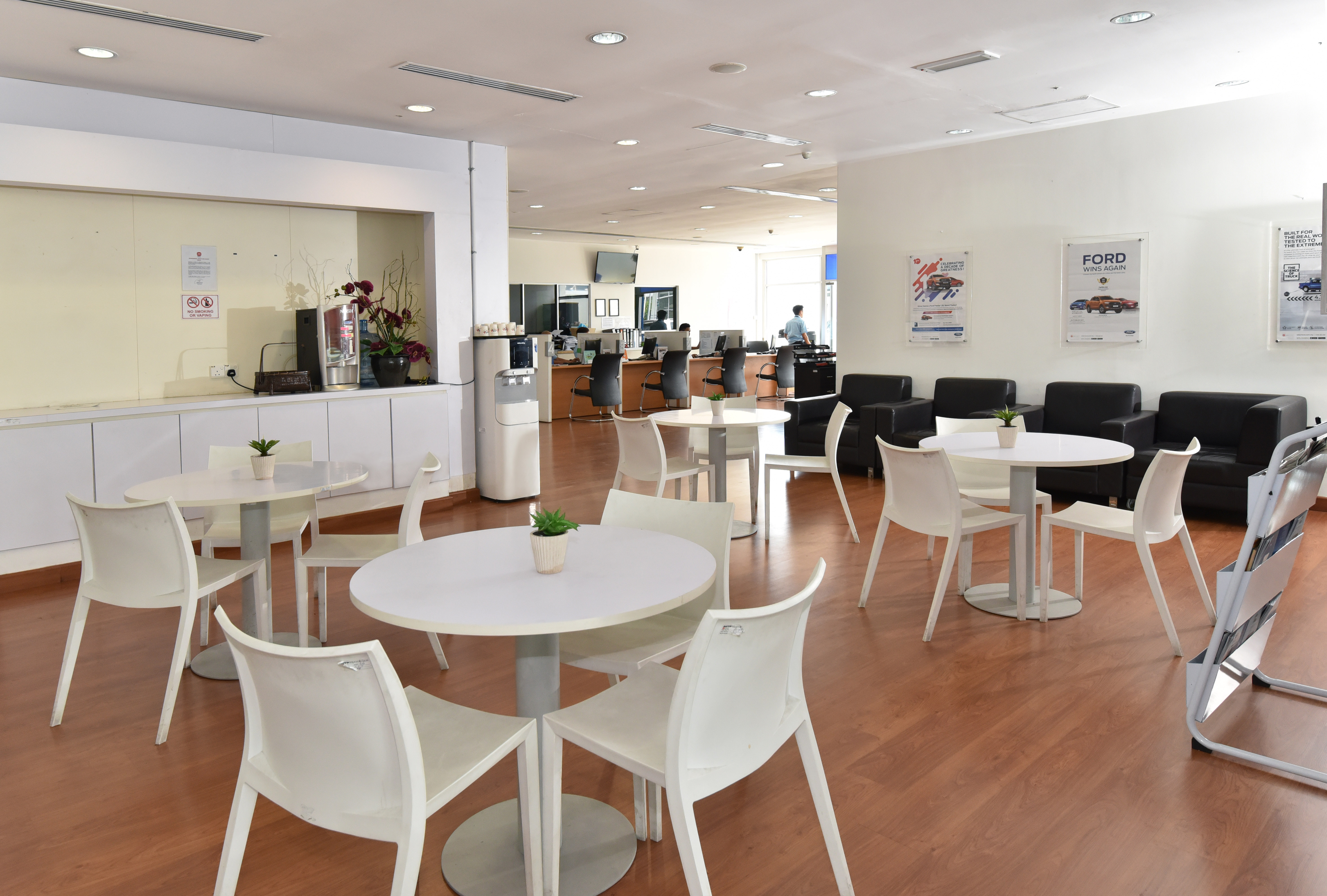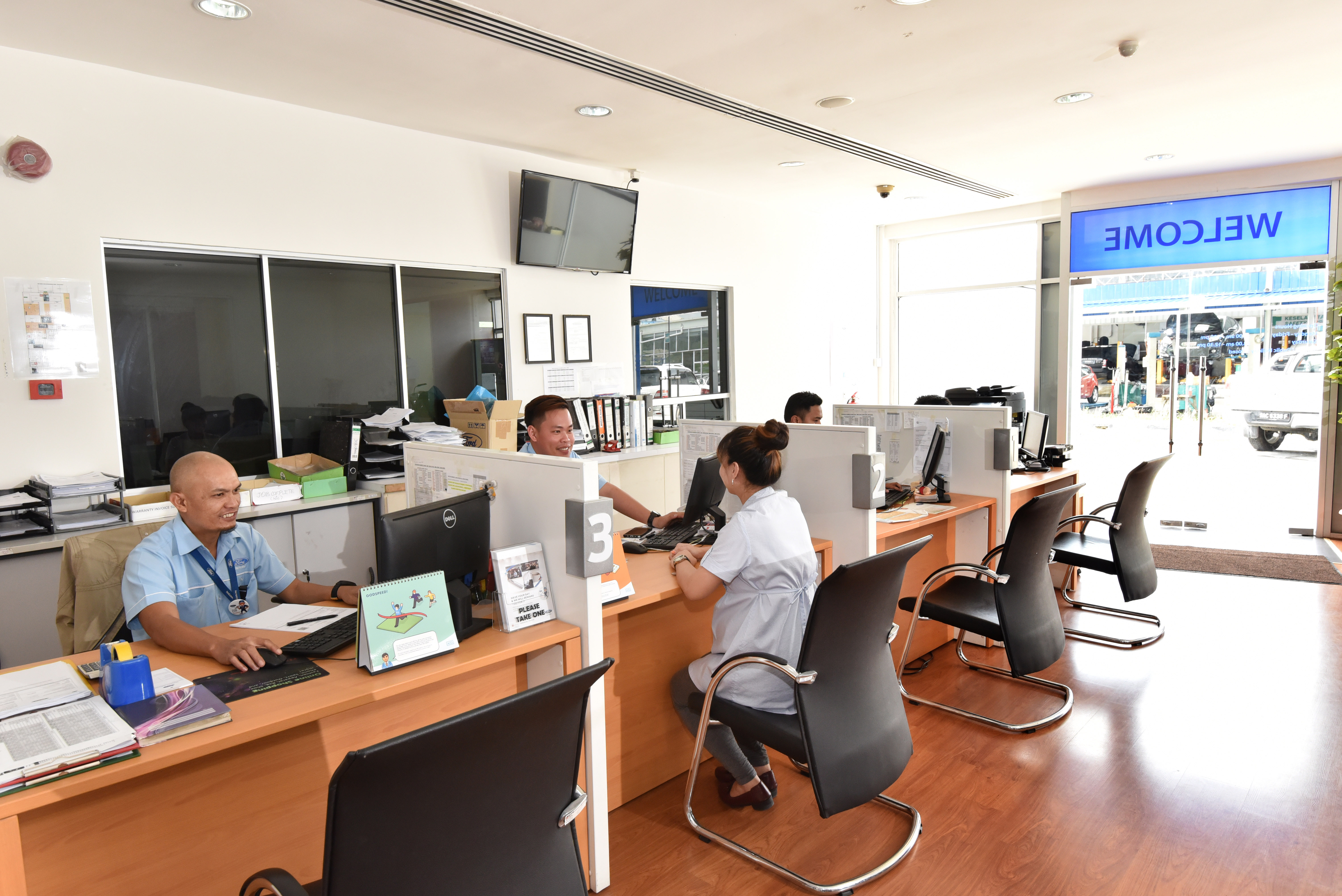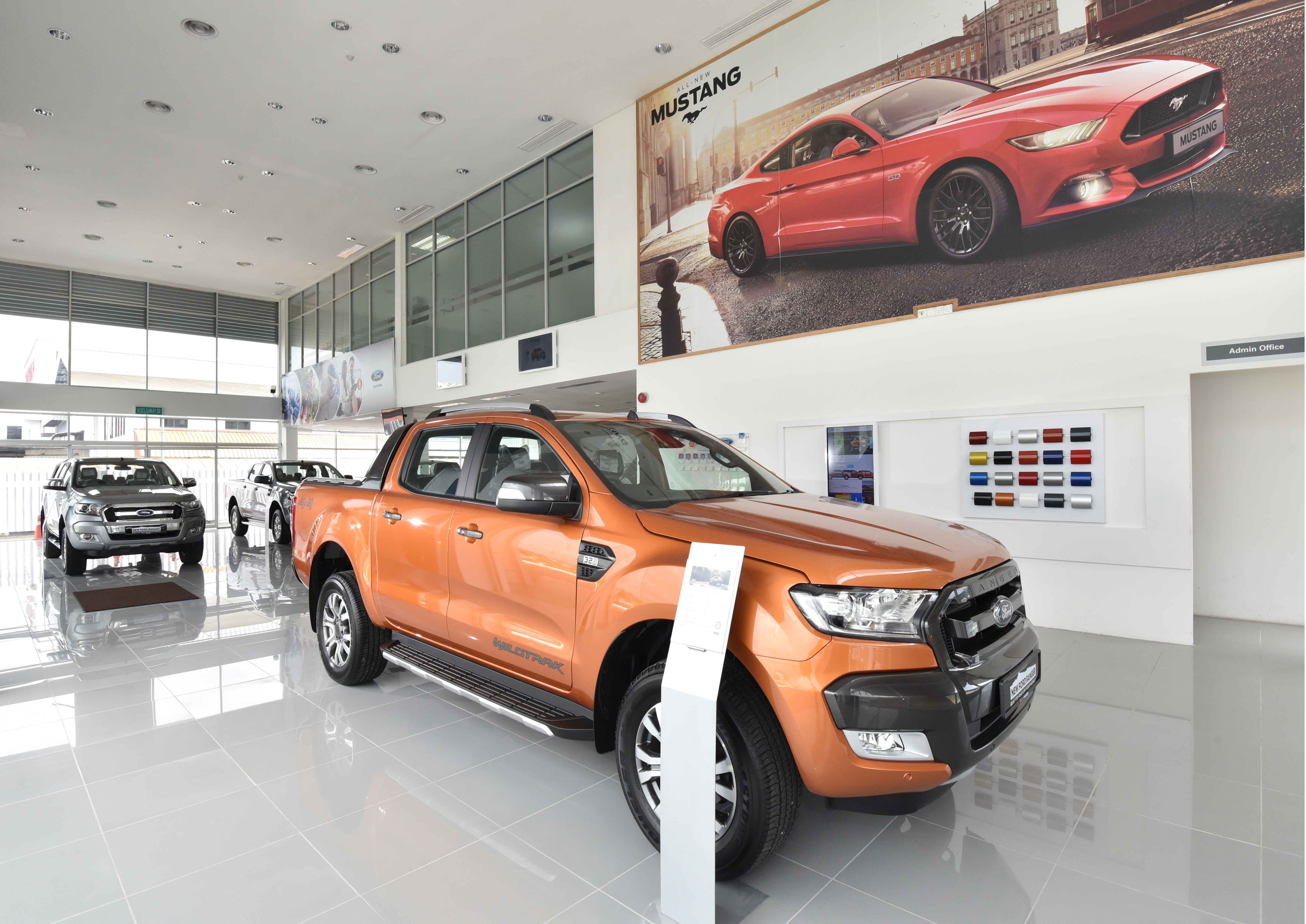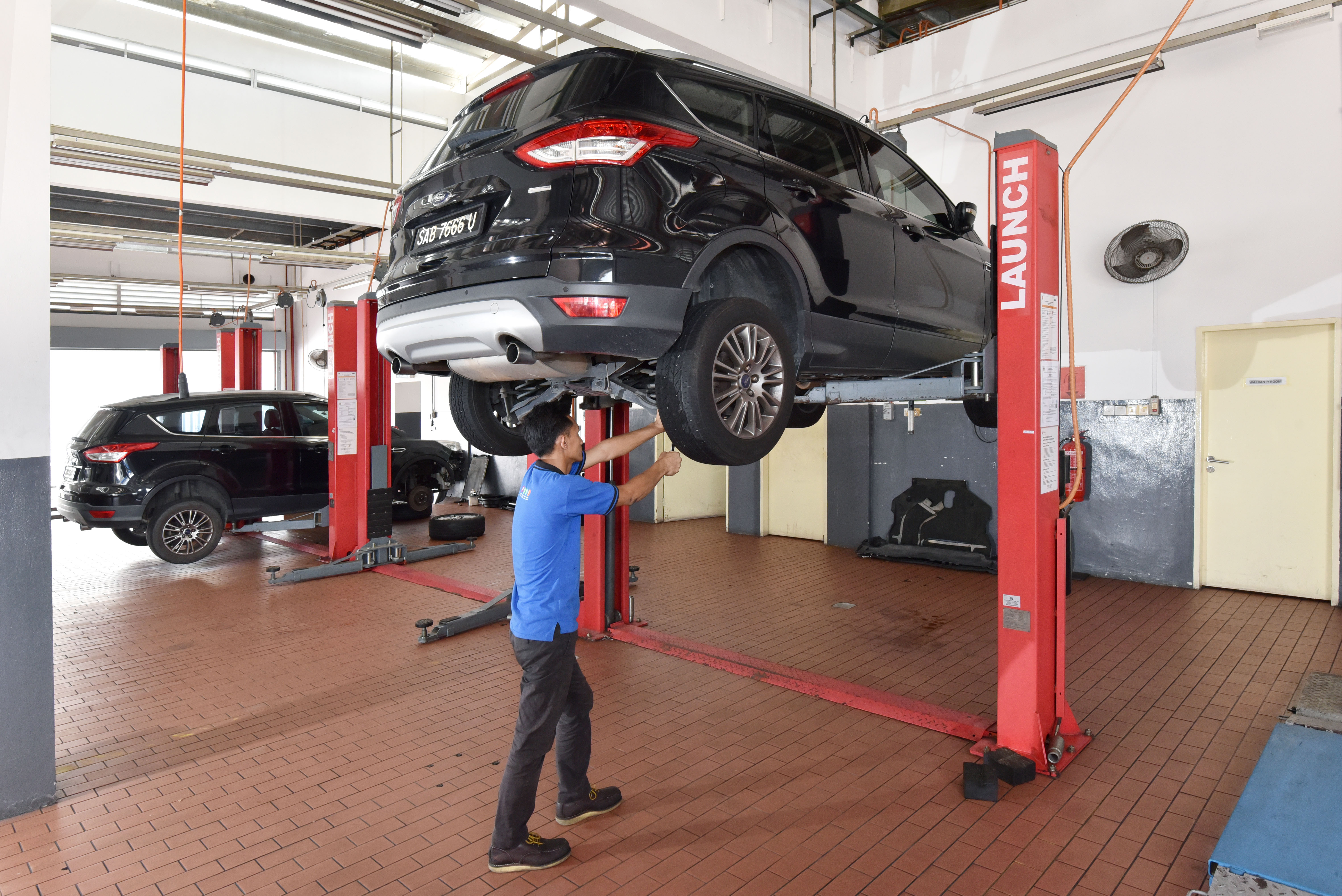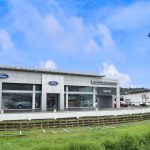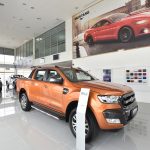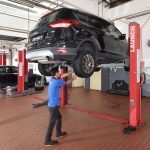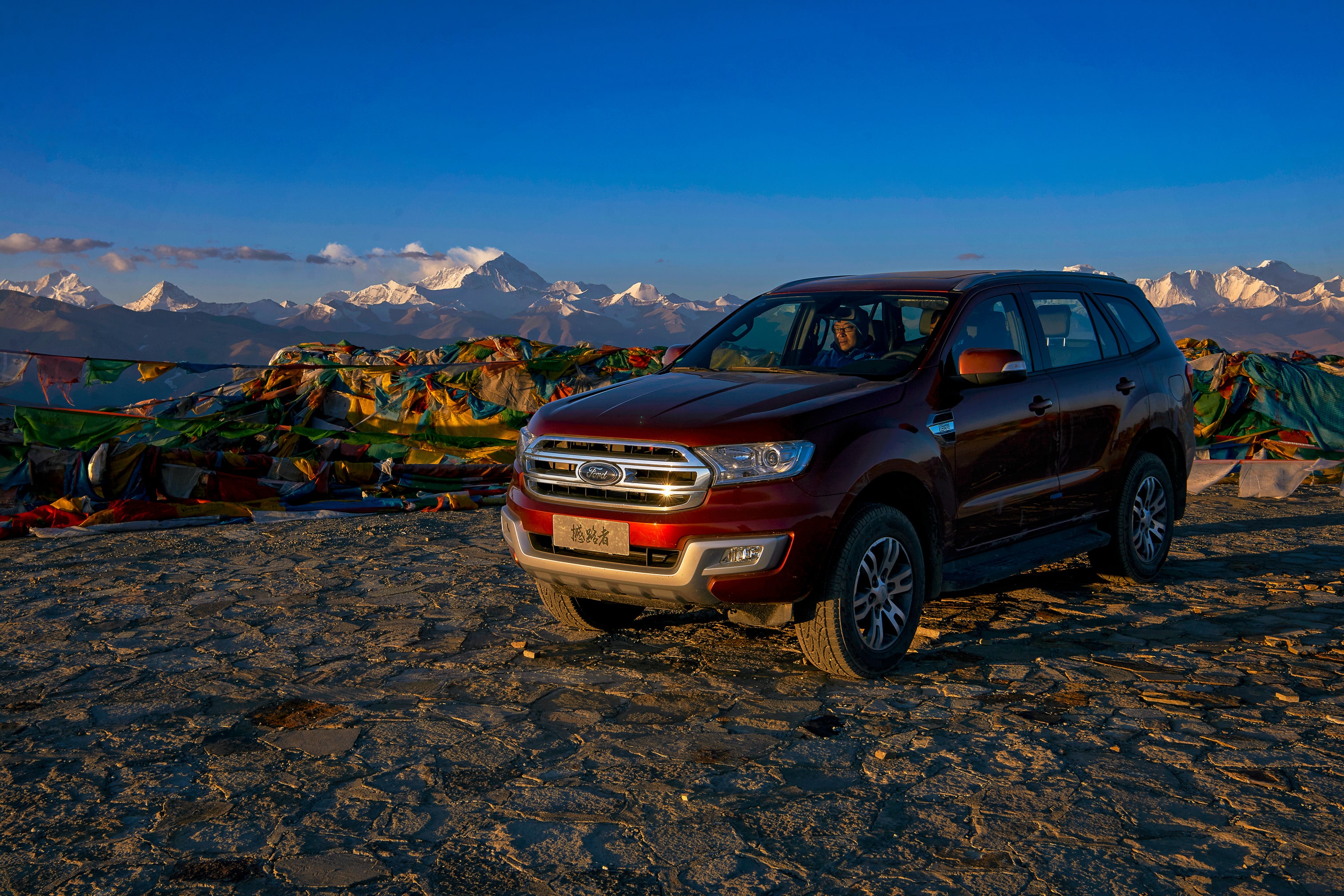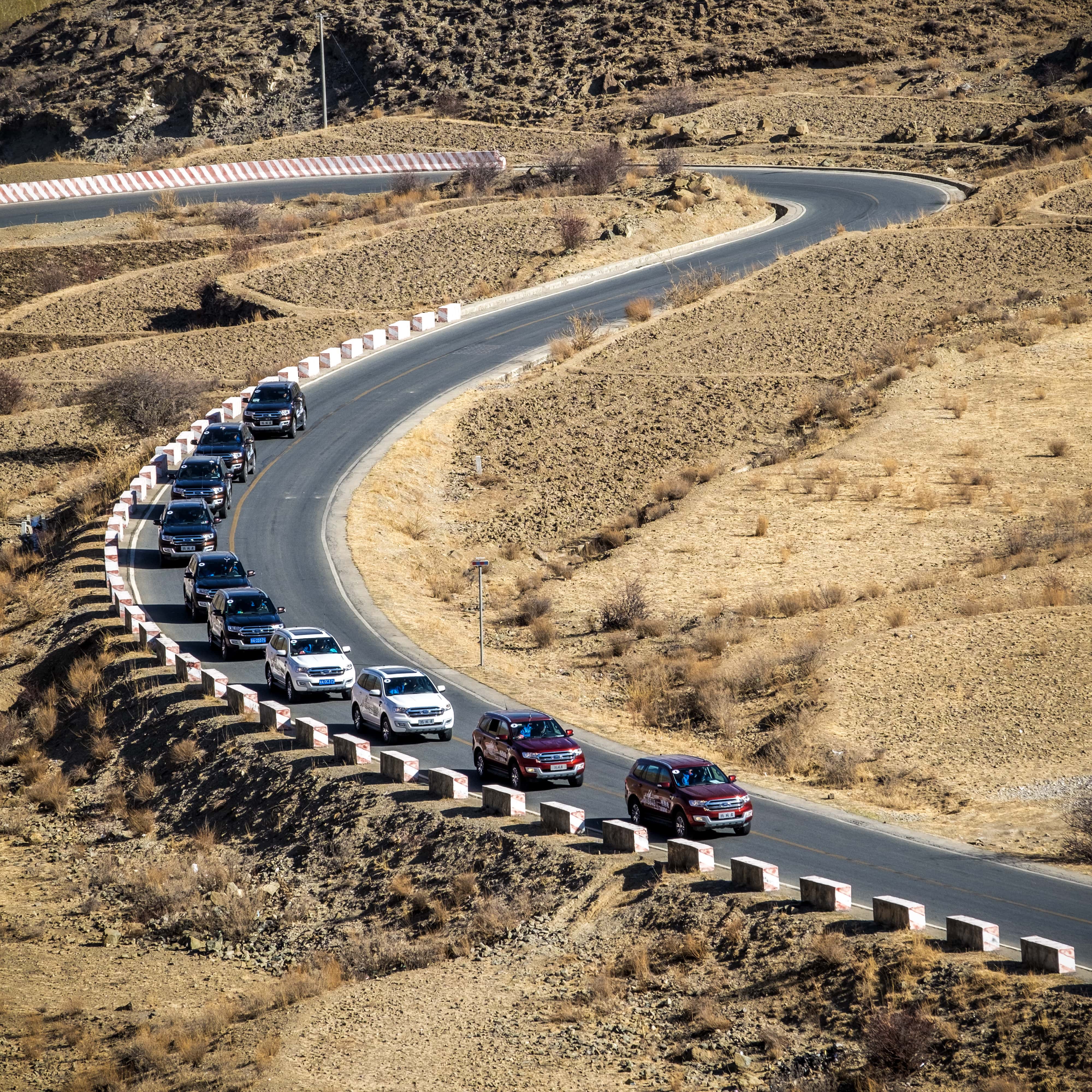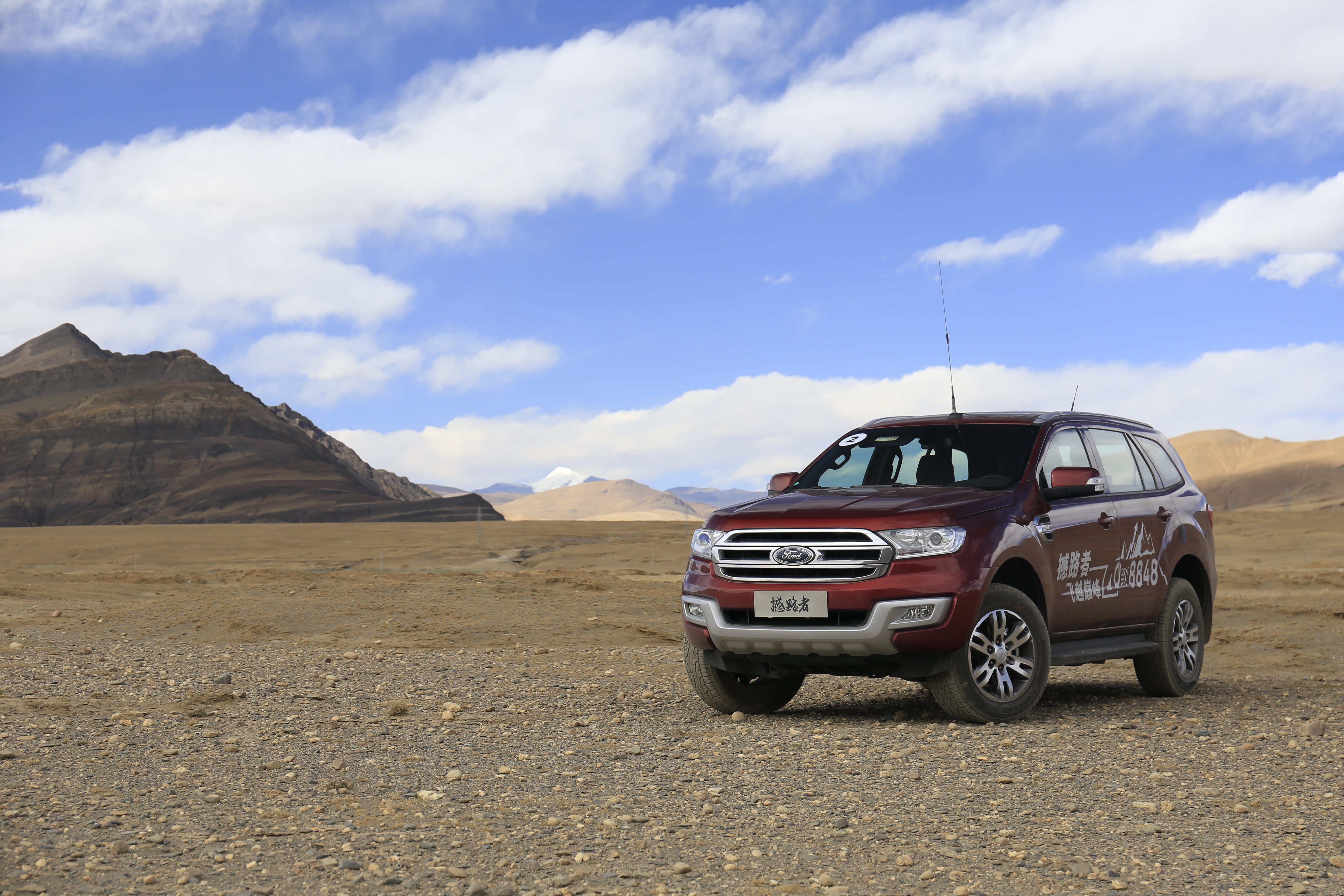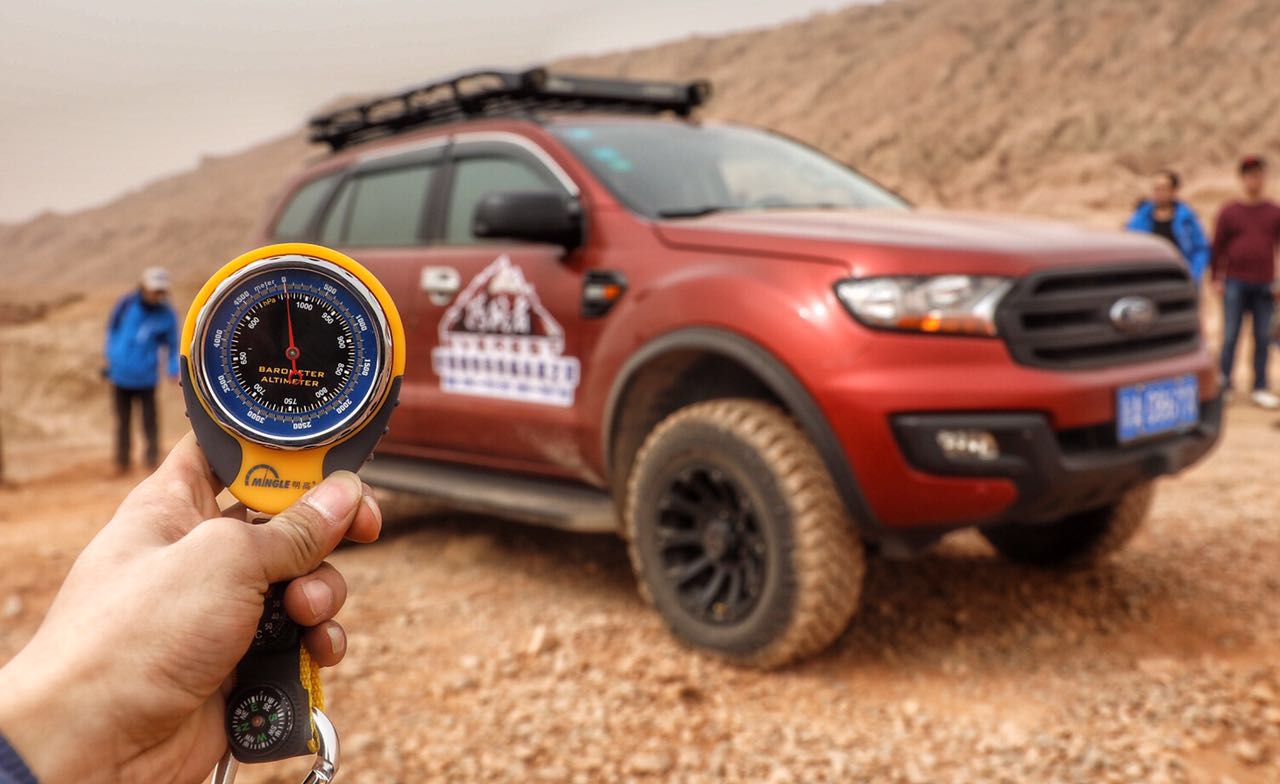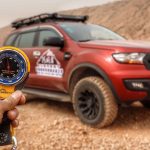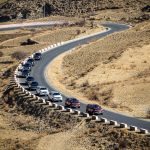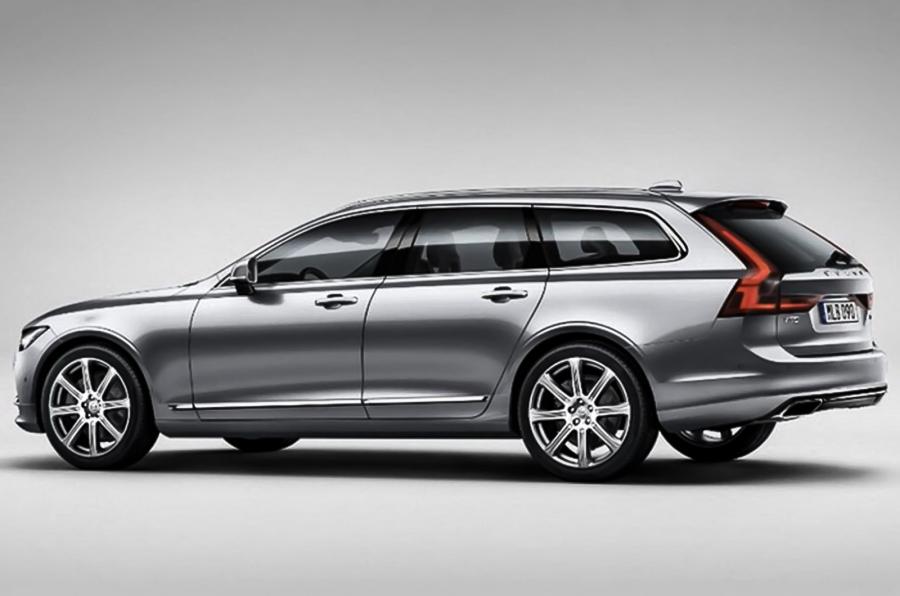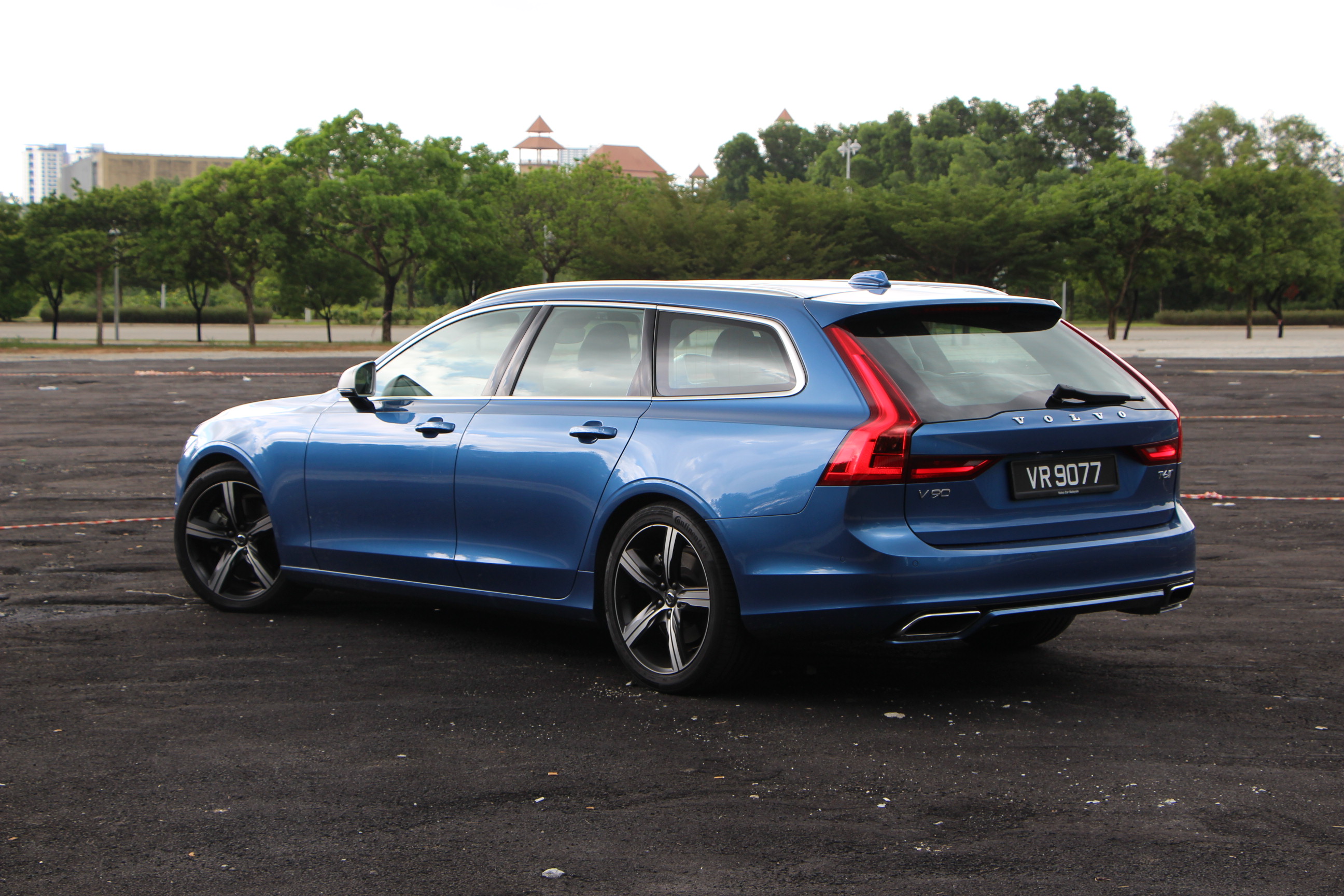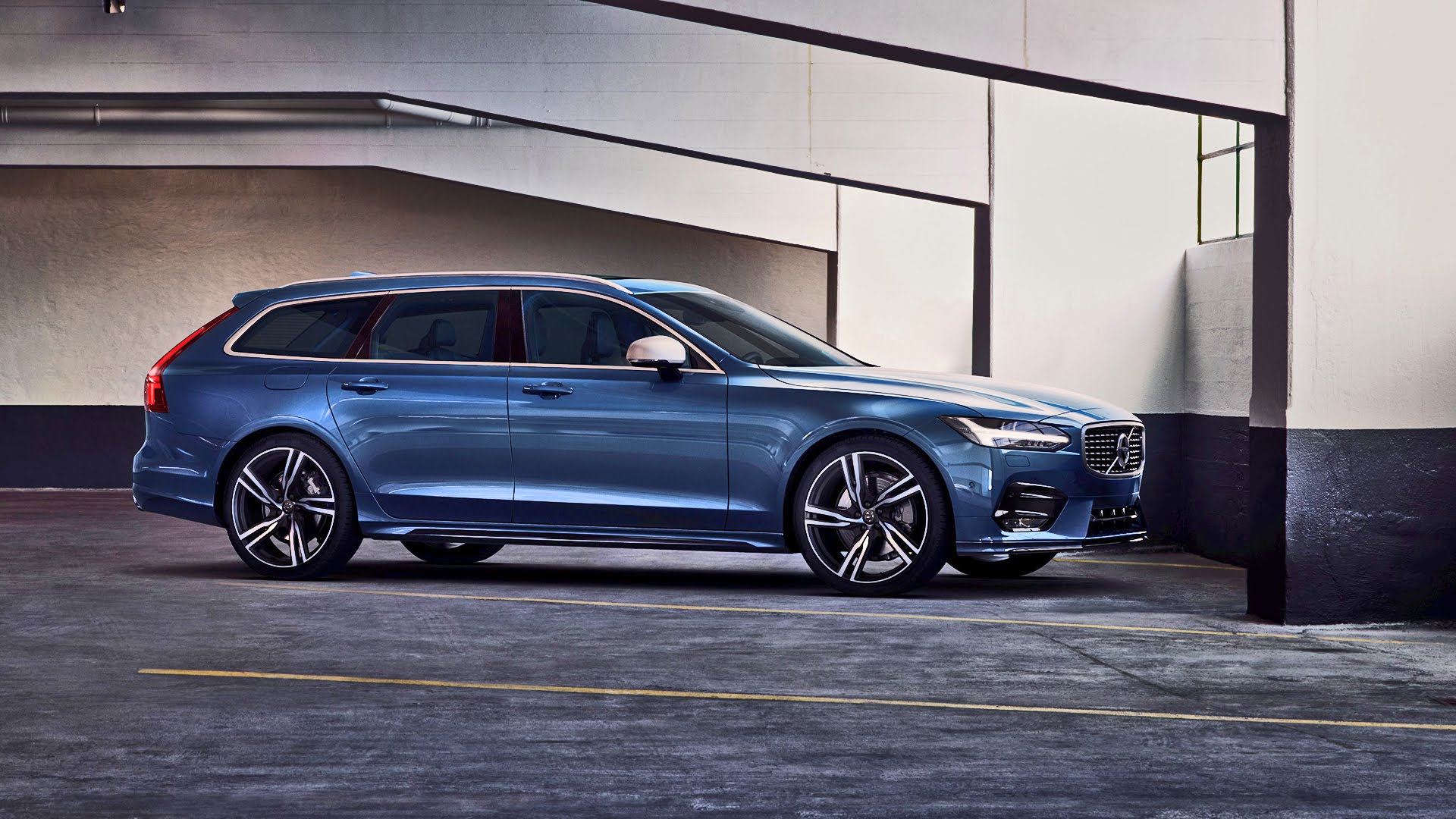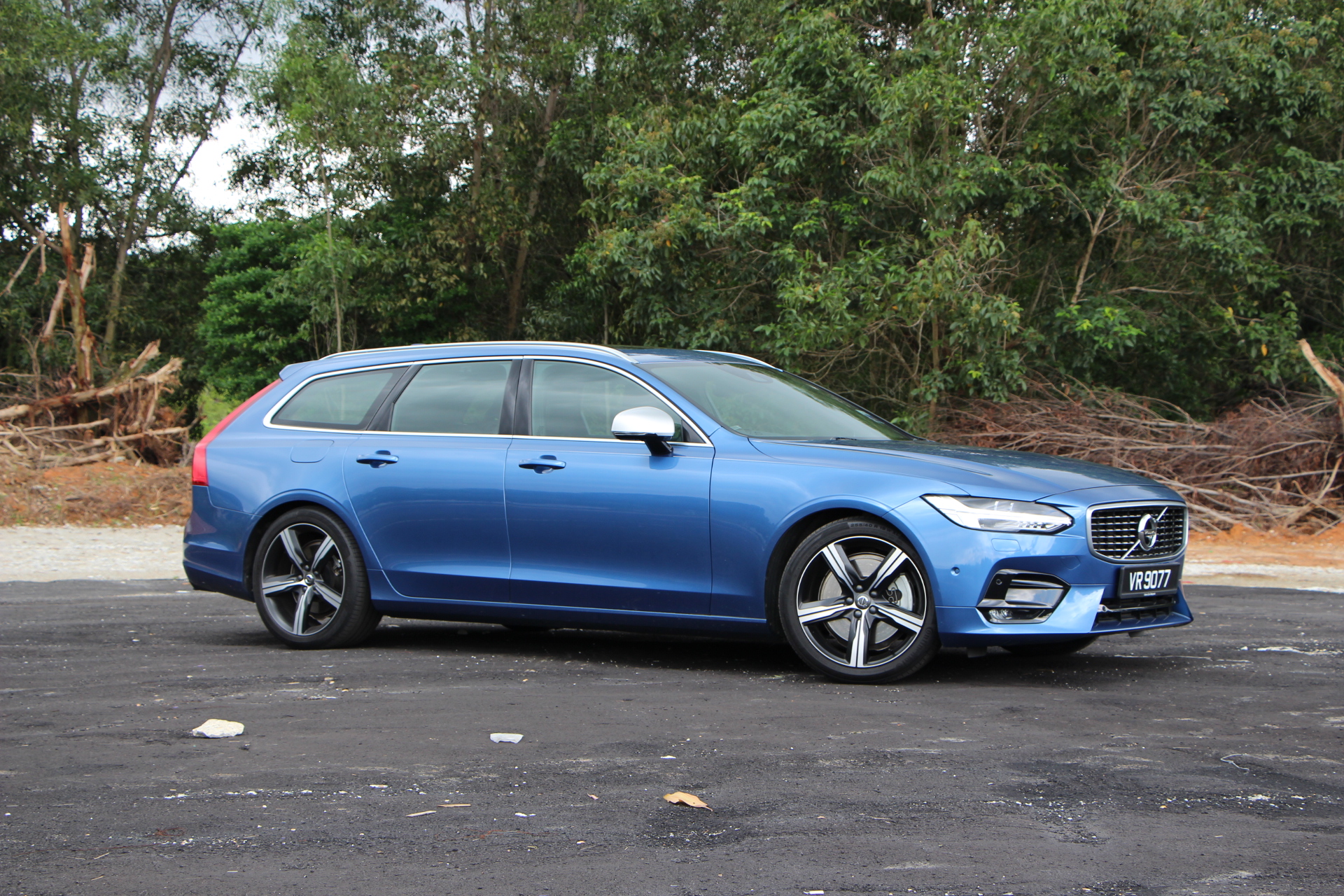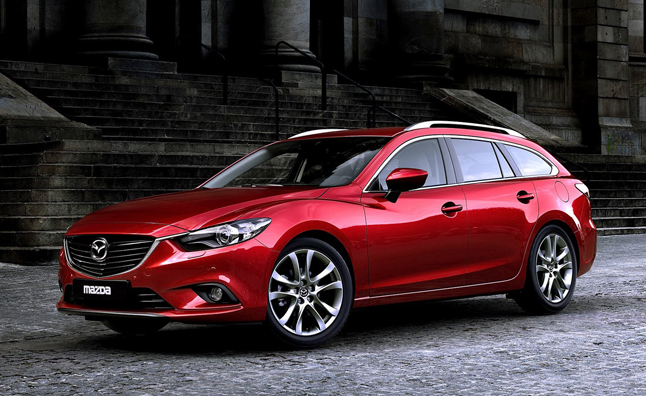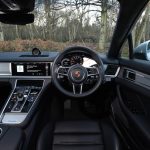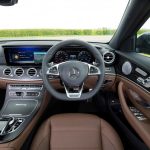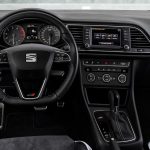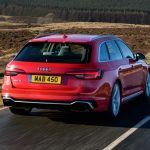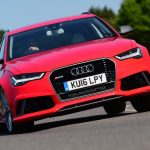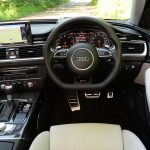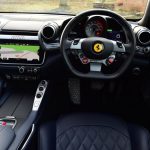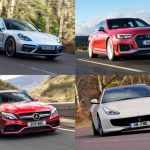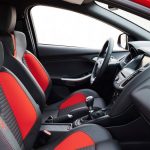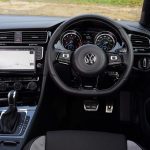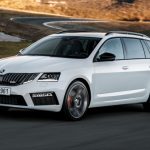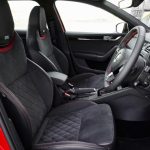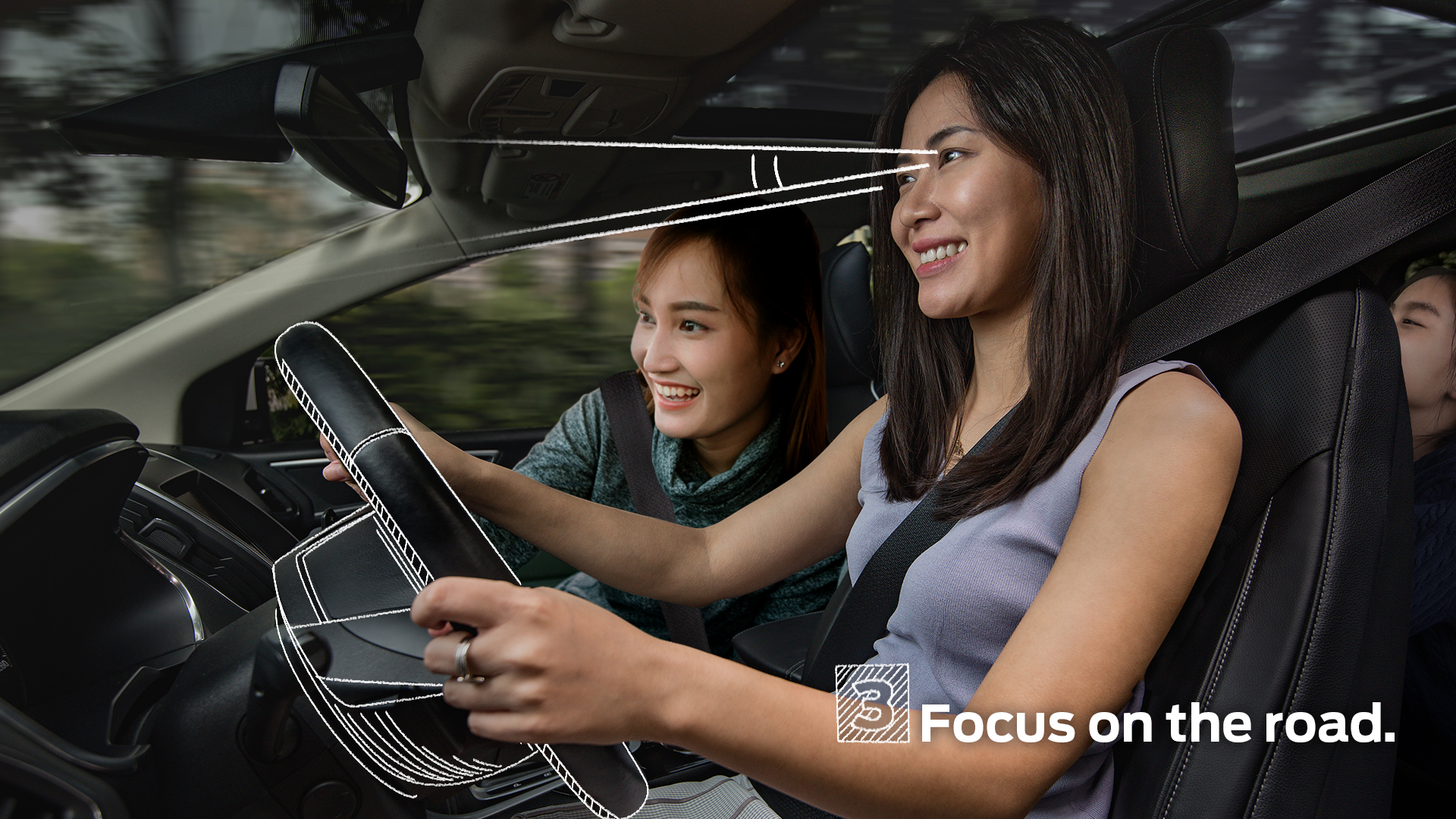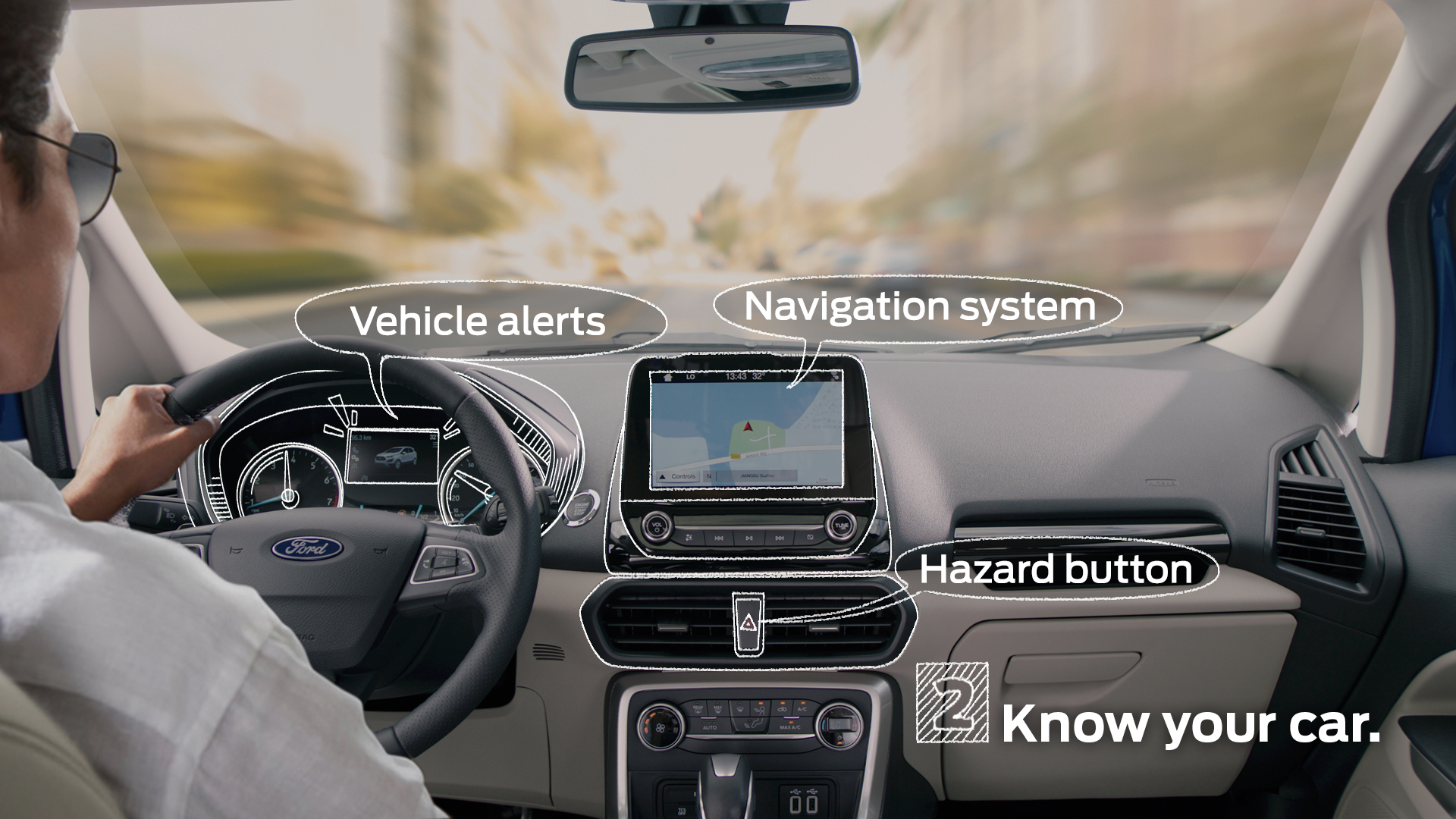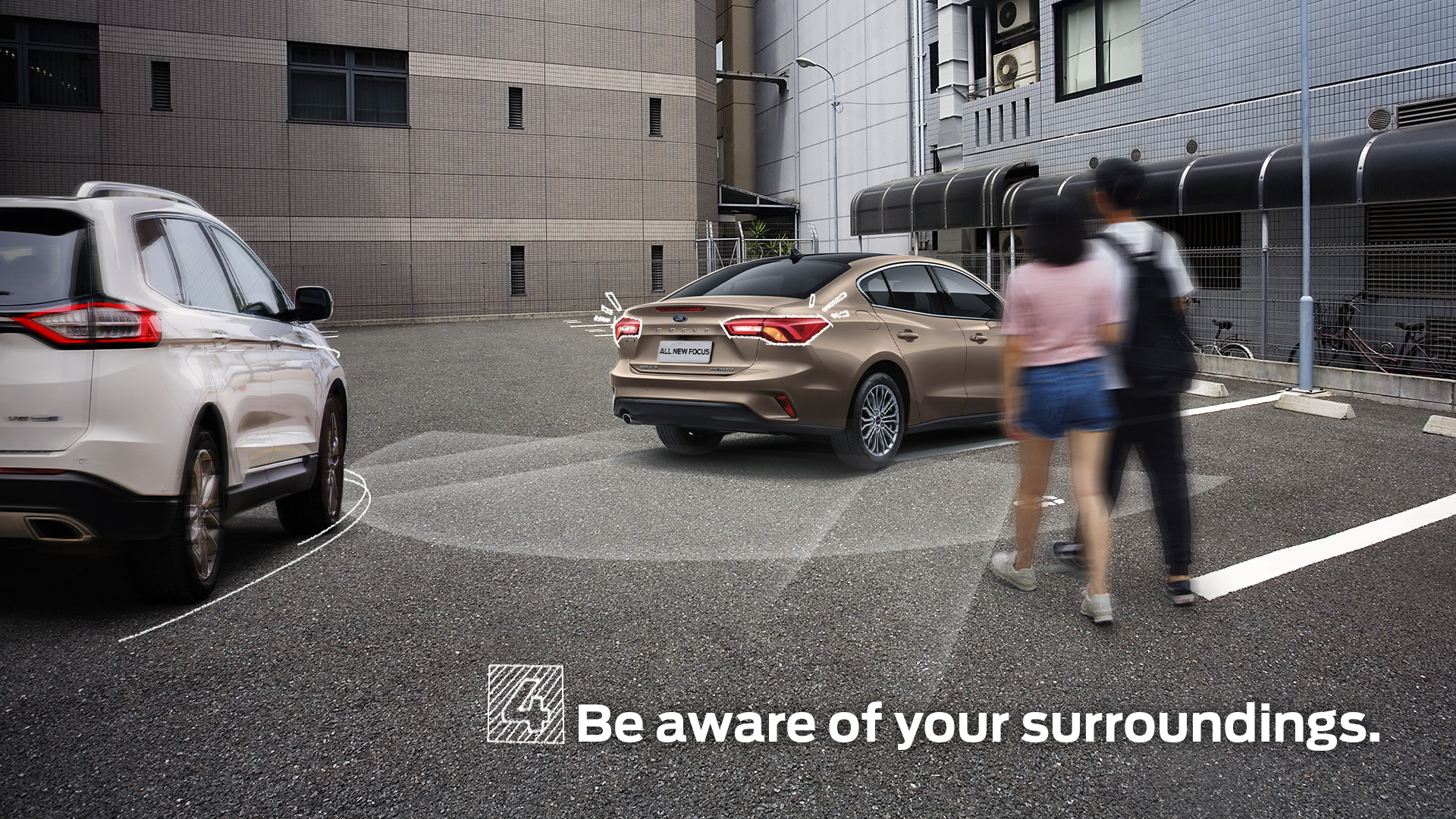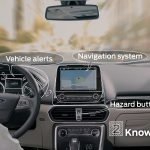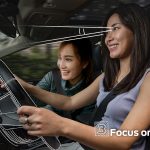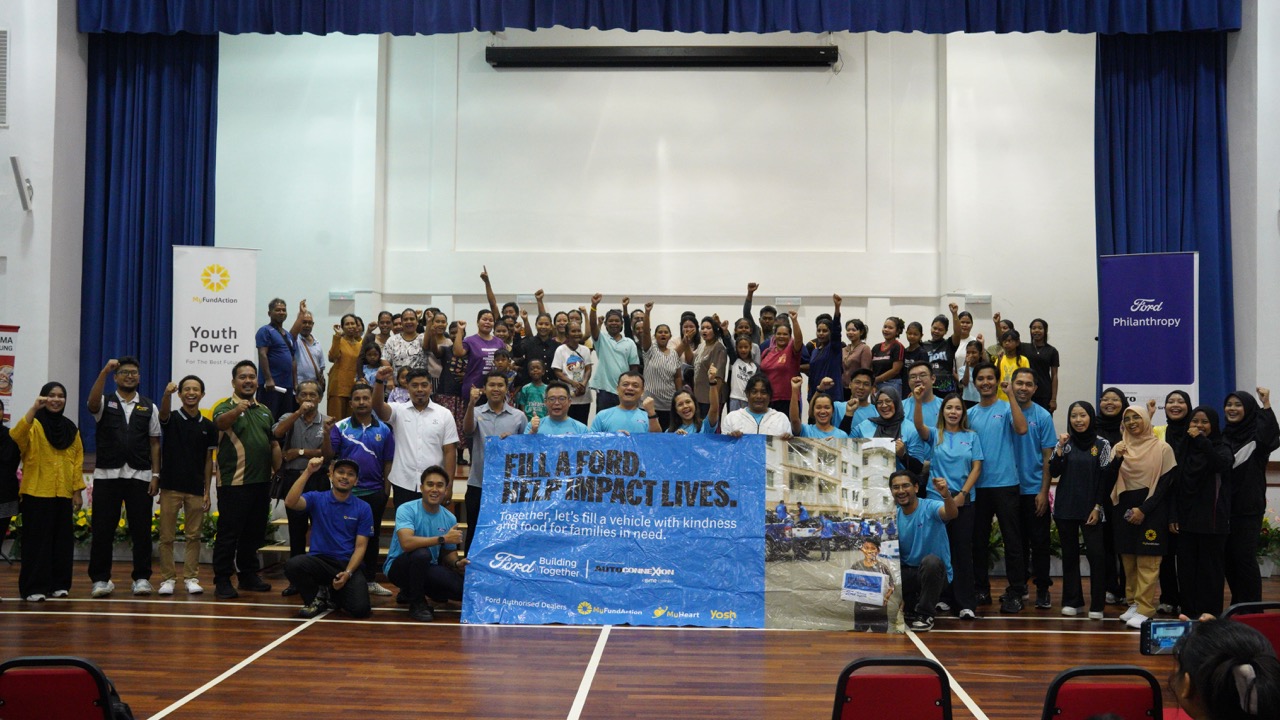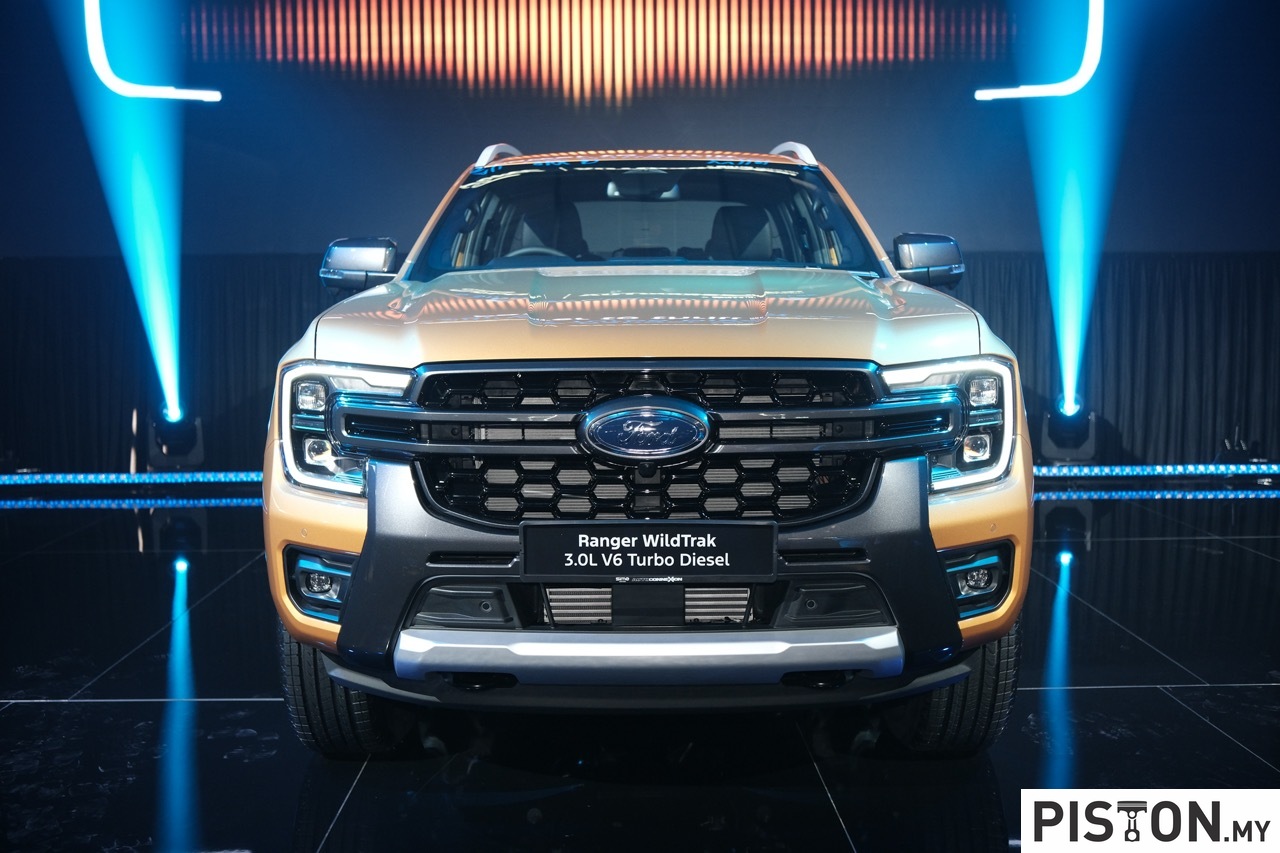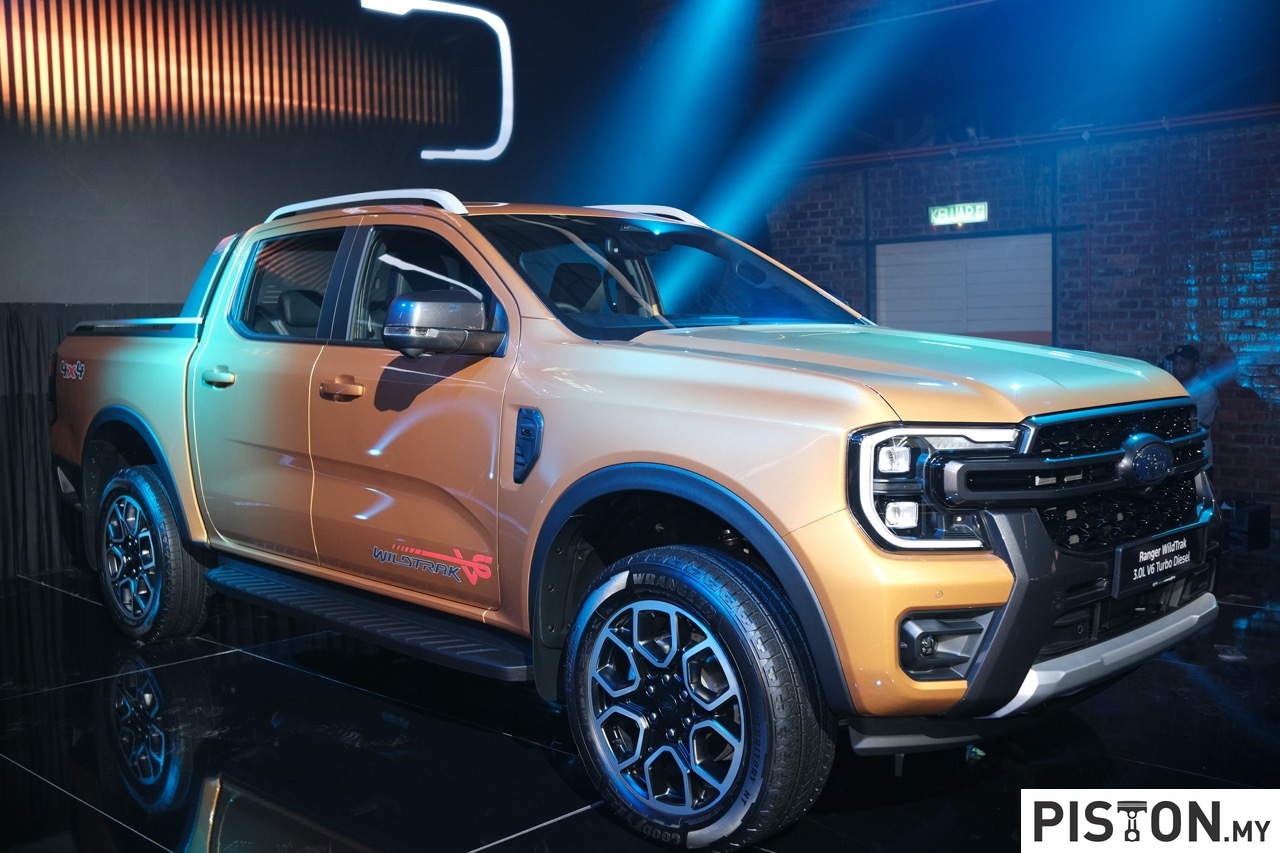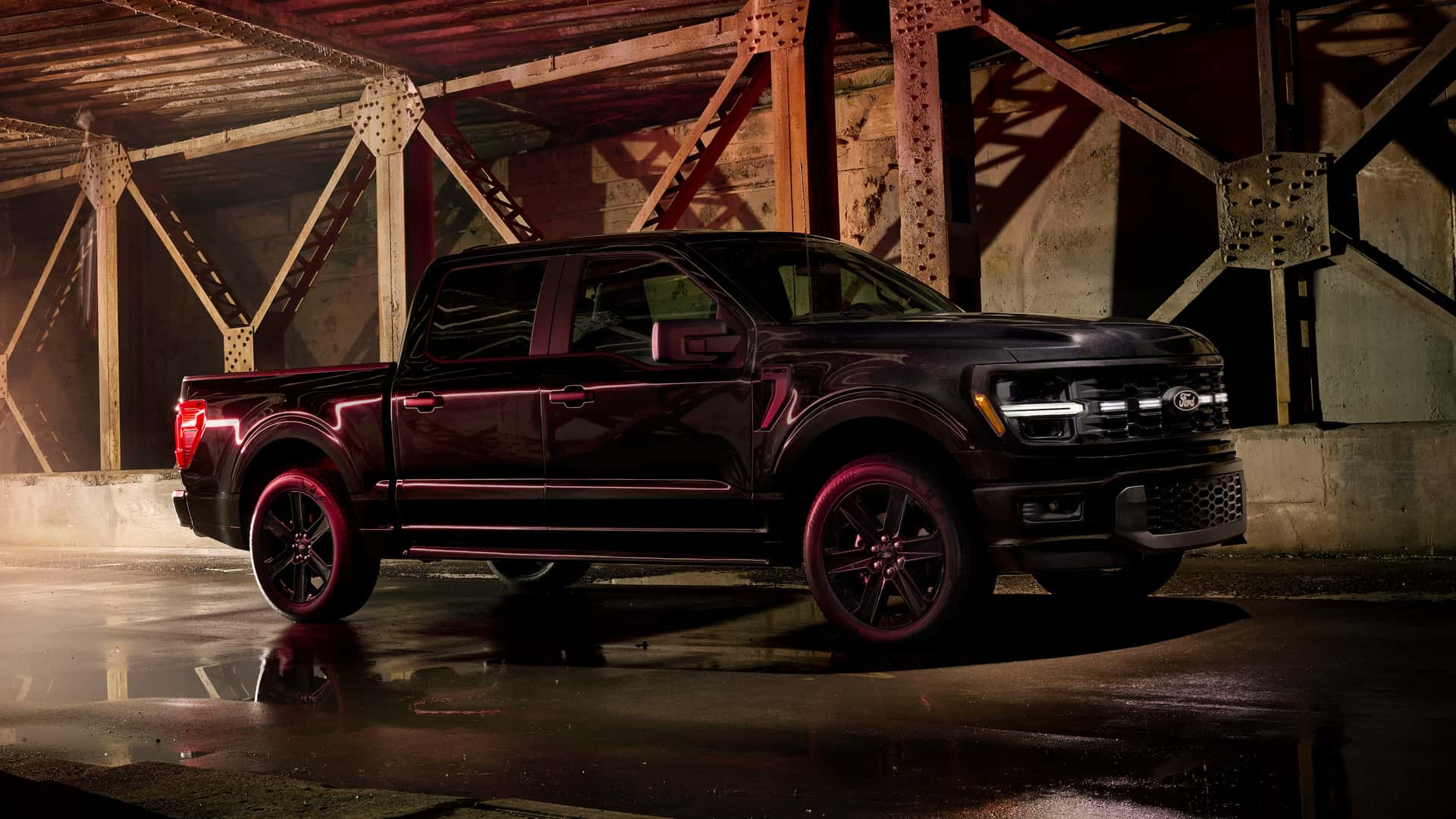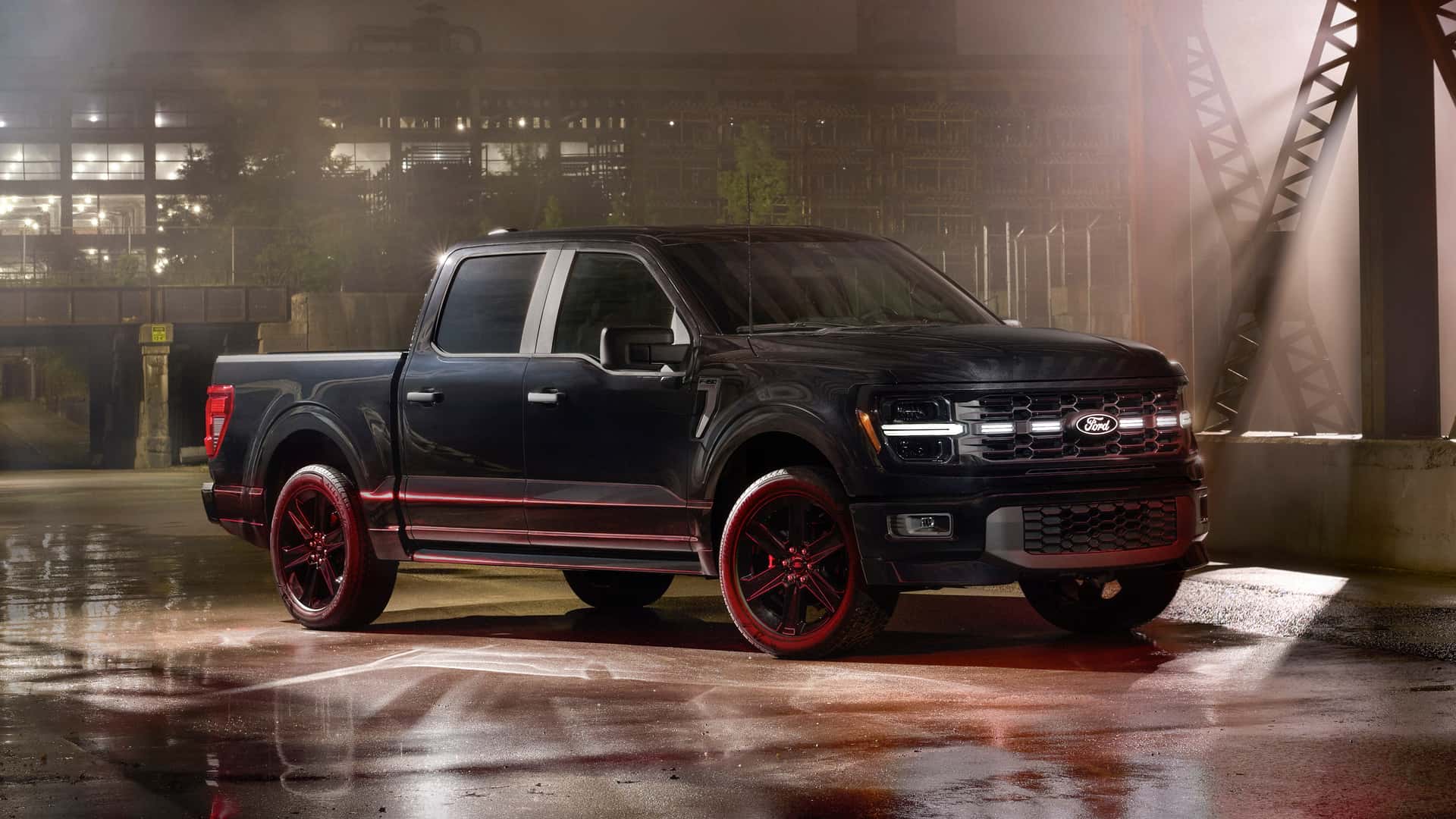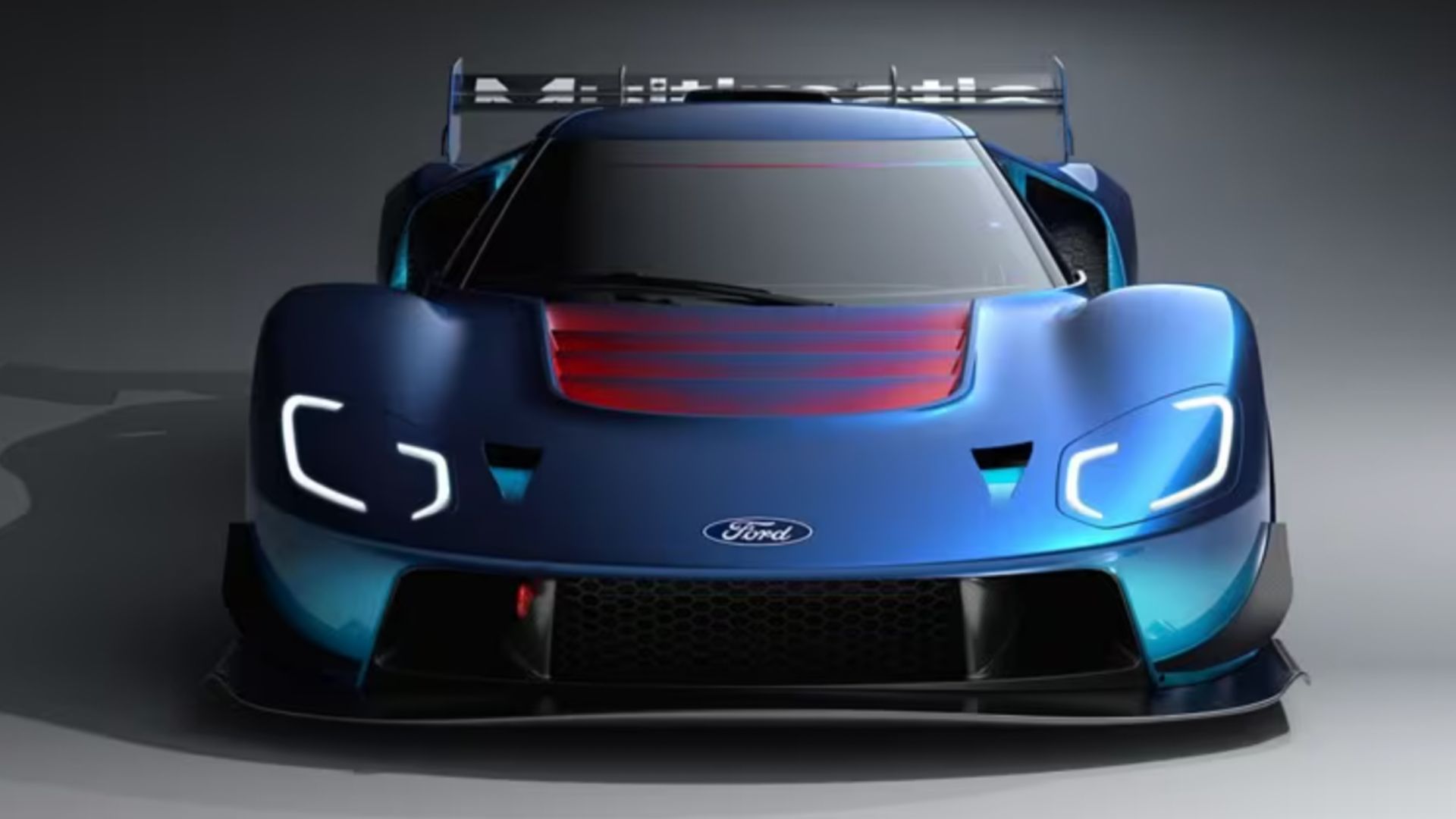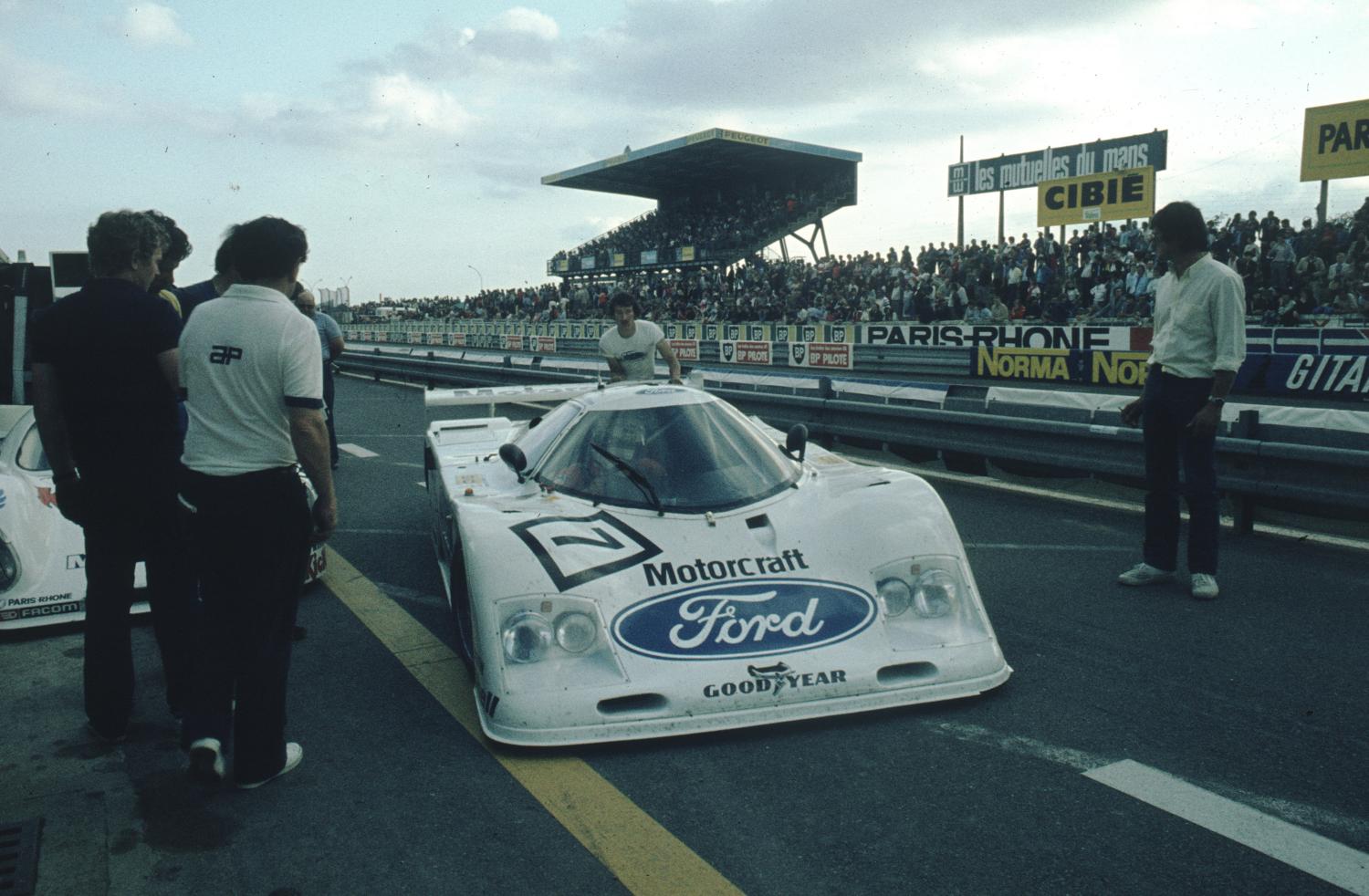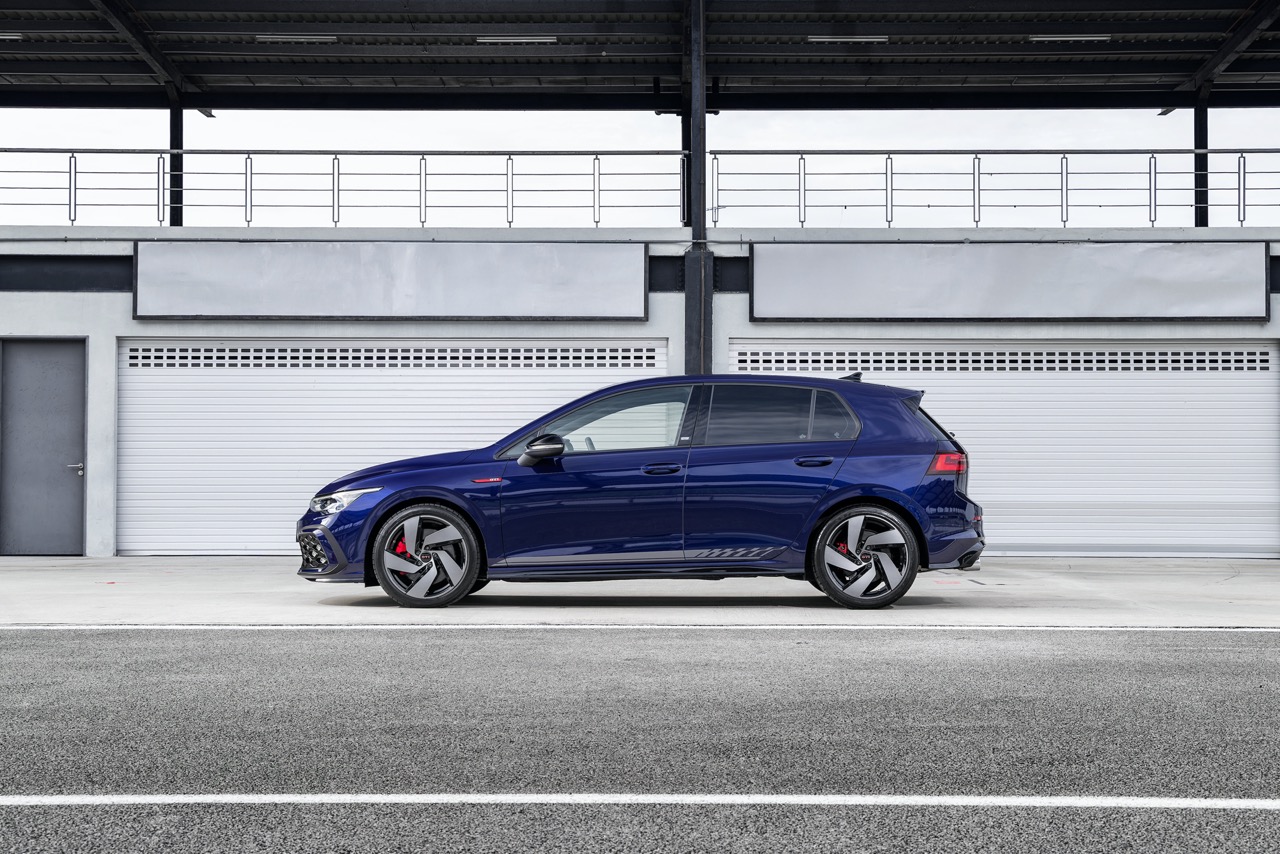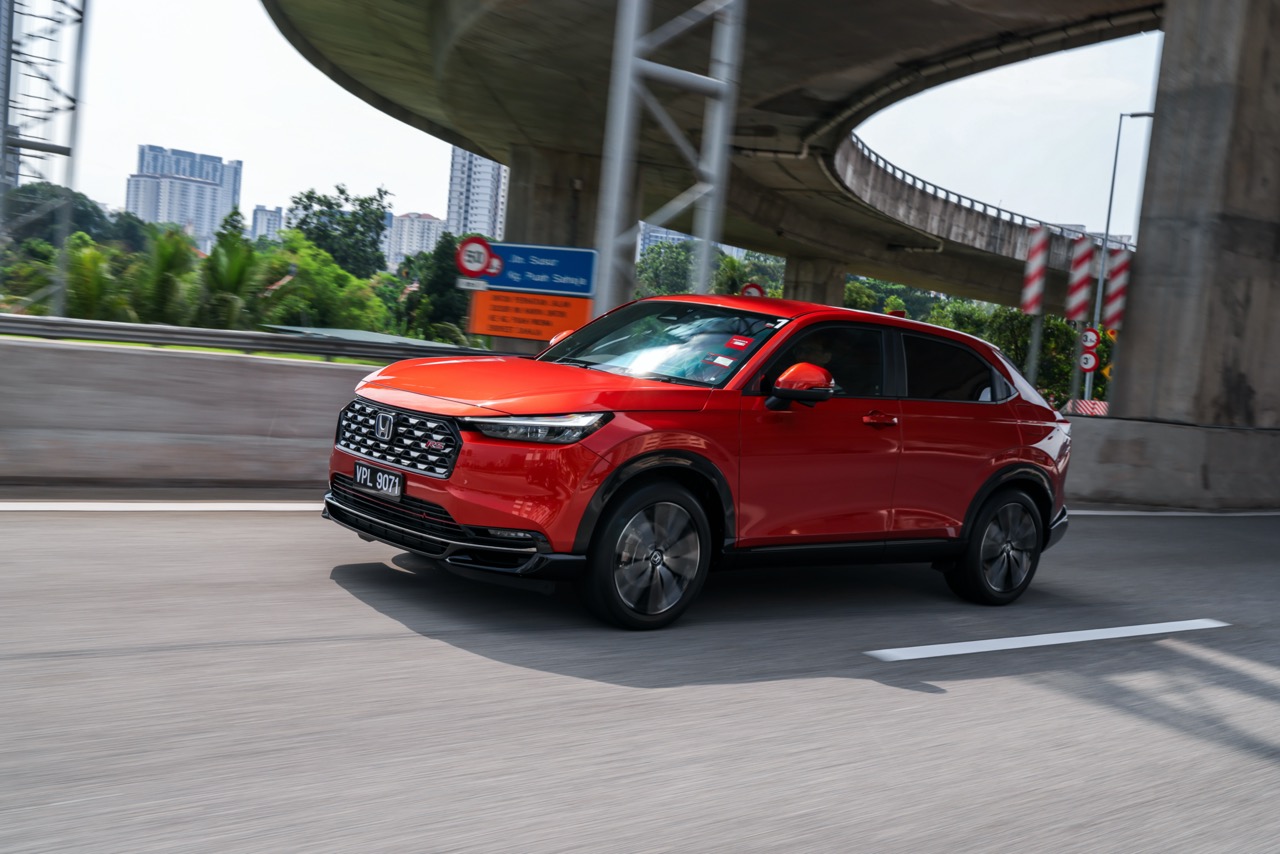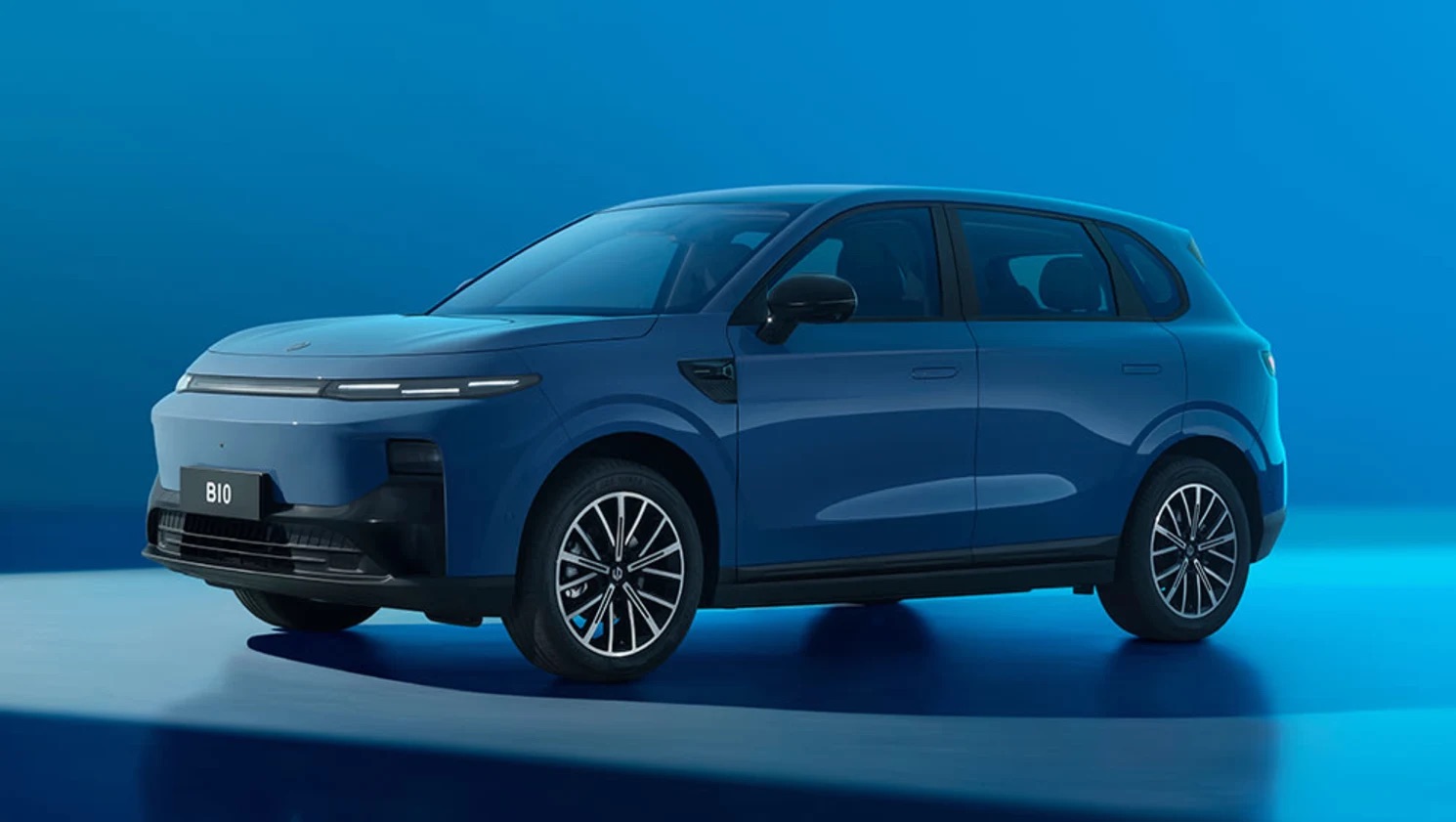Sime Darby Auto Connexion (SDAC), the sole distributor of Ford in Malaysia, has announced its ‘Seize the Deal’ campaign offering great rebates of up to 17% on top of the new six percent GST reduction on selected Ford models. Through this attractive promotion, customers can enjoy significant savings of up to RM113,000.

Valid nationwide for all variants of the Ford Mustang, Fiesta and Ranger models, the promotion applies to vehicles registered from now until 31 August 2018. All prices stated are on-the-road, without insurance, for Peninsular and East Malaysia and private individual registration only.
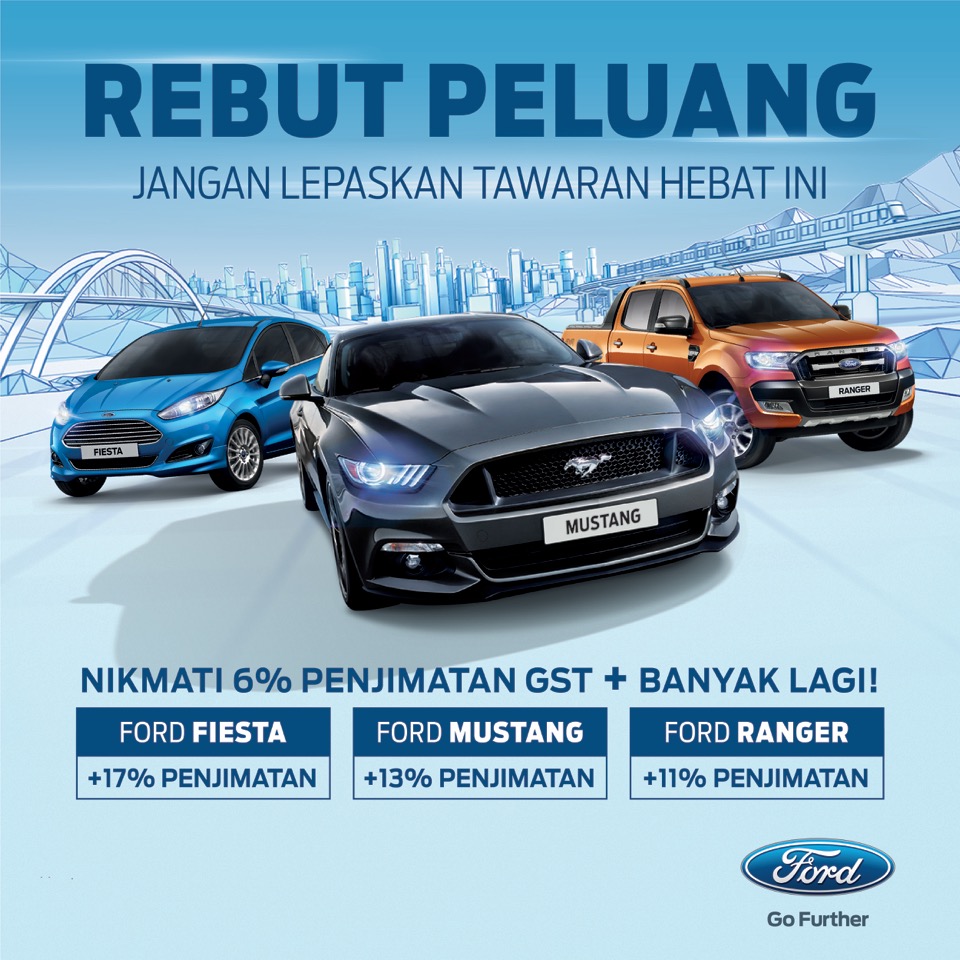
Through the campaign, Ford’s iconic pony car, the multiple award-winning Mustang, is now priced from RM396,271 with a total savings of up to RM113,000 (up to 13 percent rebate with zero-rated GST). Available in two variants – the GT 5.0L and 2.3L EcoBoost – the new Mustang features a sleeker, more athletic styling, enhanced engines, sharper driving dynamics and advanced driver assistance technologies. To ensure complete peace of mind, customers who purchase the Mustang from authorised SDAC-Ford dealers will also enjoy a three-year full manufacturer’s warranty.
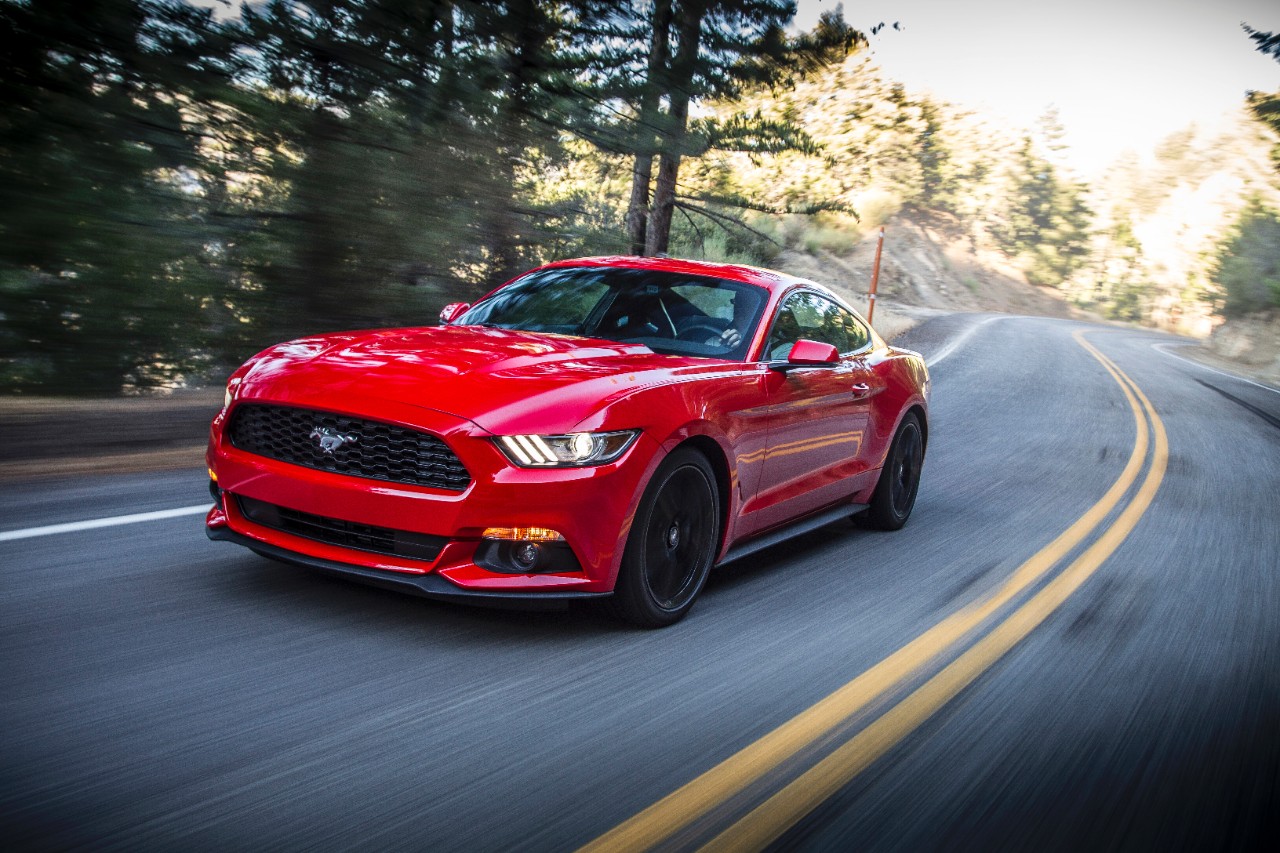
Delivering the perfect blend of a connected world and fun-to-drive experience, promotional prices for the sporty Ford Fiesta is available from RM68,401. Customers can enjoy rebates of up to 17 percent in addition to the zero-rated GST for a combined savings of up to RM20,300. Built for the digital generation, the tech-savvy and young-at-heart can constantly be plugged into their favourite music and connected to their world while on the go with the Ford Fiesta.
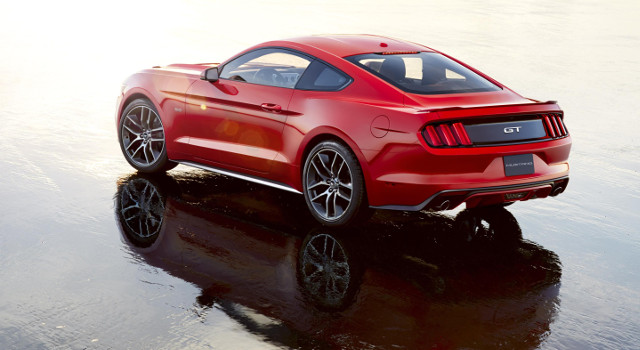
Customers who desire a tough, capable and smart pickup truck that also offers a comfortable car-like environment can enjoy rebates to up to 10 percent on top of the six percent GST savings for the ‘Built Ford Tough’ Ranger. This works out to a combined savings of up to RM19,830 with prices starting from RM70,910. Available in 10 variants, including the Wildtrak, FX4, XLT, XL and Standard, the award-winning Ranger continues to be one of the best-selling pickups in the market, thanks to its durability and practicality, advanced technology and features, as well as its improved efficiency and refinement. Recent key accolades that Ranger has won include ‘Pickup Truck of the Year’ at the DSF.my Allianz Vehicle of the Year Awards (VOTY 2018) and ‘Best 3 Pickup Trucks of Malaysia’ at the Aurizn Awards 2018.
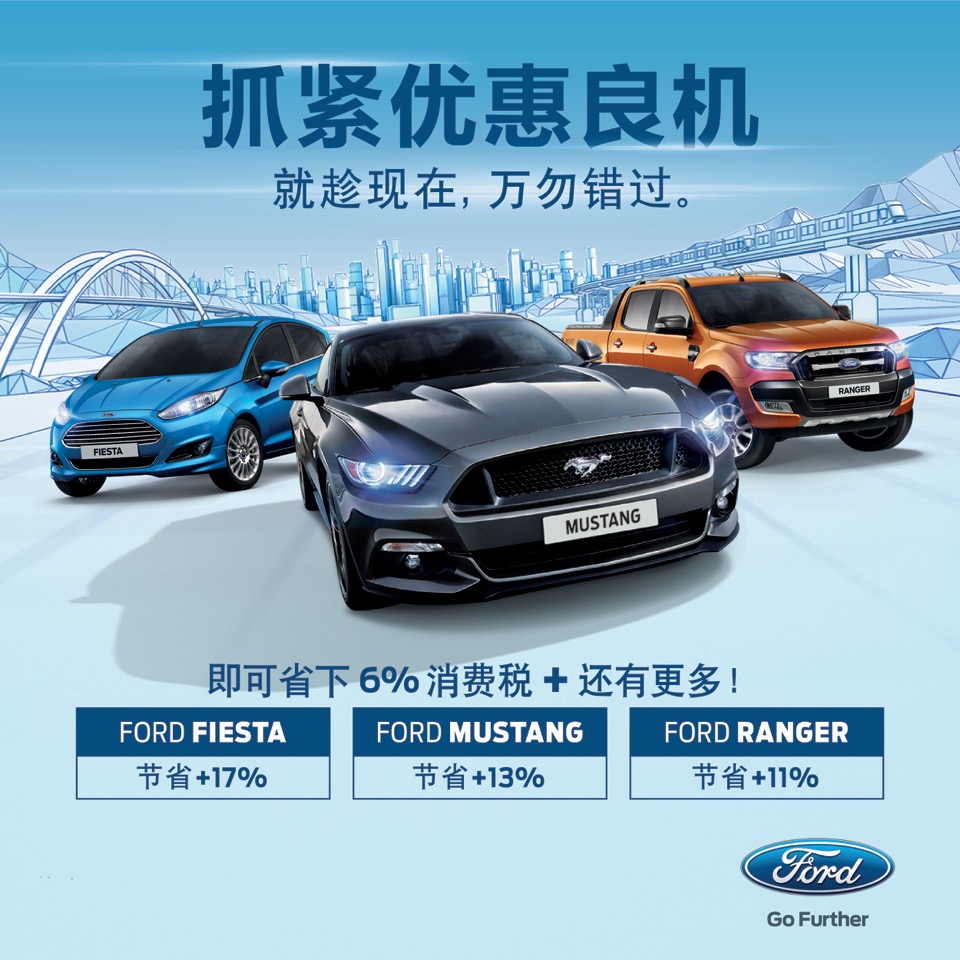
“This is a great time to own a Ford. We encourage all Malaysians to ‘Seize the Deal’ now and enjoy tremendous savings from these fantastic rebates on our popular Ford vehicles in addition to the zero-rated GST already implemented on our full line-up,” said Syed Ahmad Muzri Syed Faiz, Managing Director, Sime Darby Auto Connexion (below).
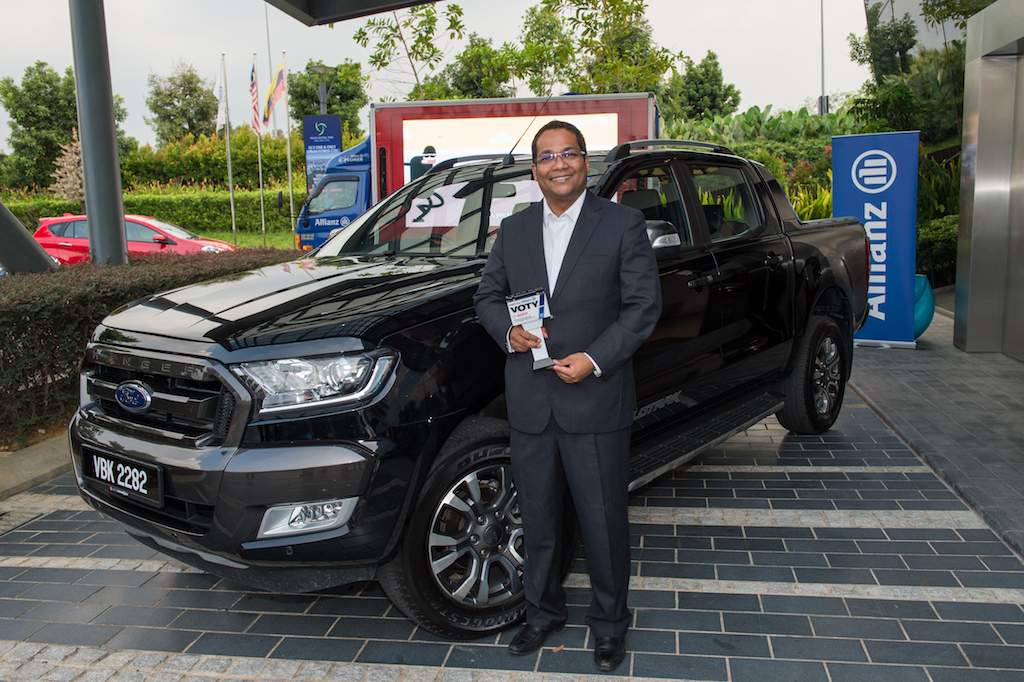
Meanwhile in other news, strong demand for the segment-defining Ford Ranger pickup truck in Malaysia fueled second quarter retail sales that rose 7.5 percent from the prior year to 1,556 vehicles sold. The strong sales helped the Ranger increase its share of the pickup segment to 15.4 percent, a gain of 1.1 percentage points from the same quarter last year.
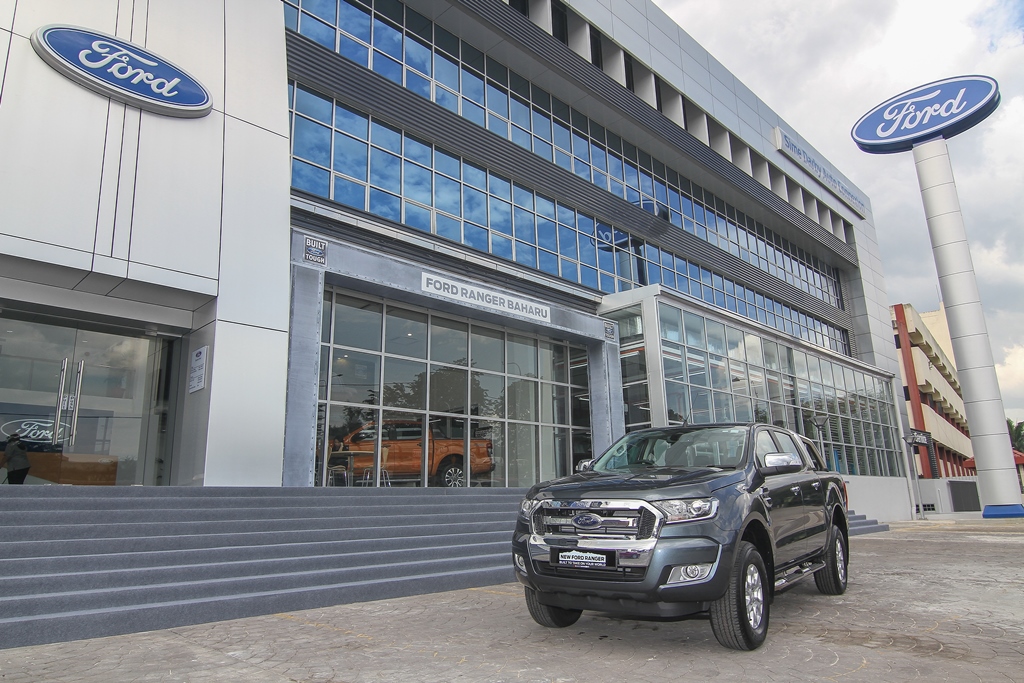
The “Built Ford Tough” Ranger continues to earn the favour of customers across the country and build on its growing success in the market,” said Truong Kim Phong, Managing Director, Asia Pacific Emerging Markets, Ford Motor Company. The Ranger continues to be Ford’s best-selling nameplate in Malaysia and one of the best-selling pickups in the market, attracting a wide range of customers who are looking for a versatile vehicle that is suitable for both on-and off-road.
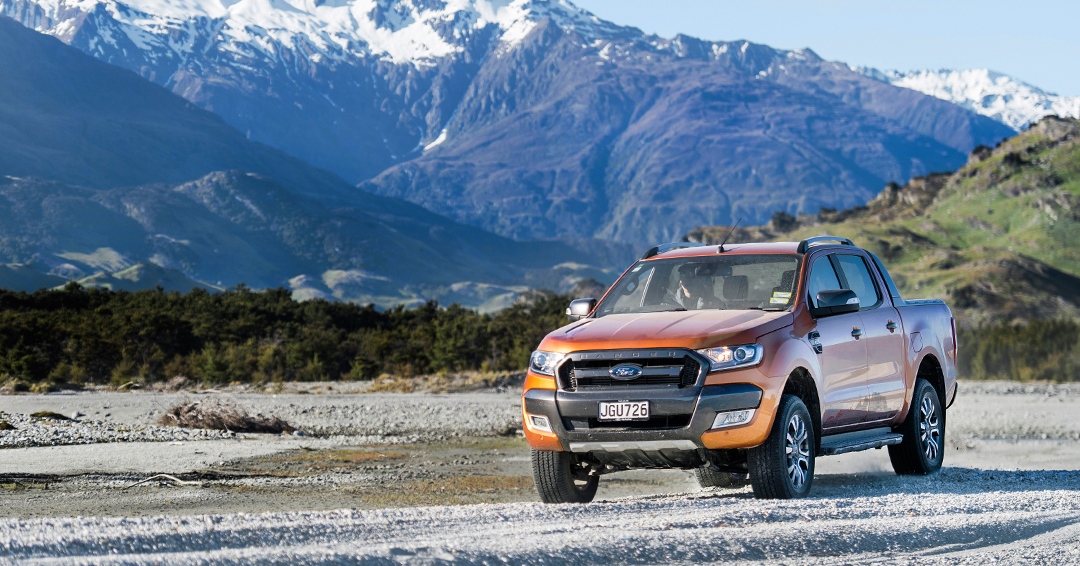
“Ranger’s bold design, unmatched versatility, robust capability and advance safety features all combine to help drive its popularity in Malaysia,” said Syed Muzri. The Ranger is currently available in Malaysia in ten variants – including the high-series Ranger Wildtrak, Ranger FX4, XLT, XL and Standard variants – providing great customer choice and meeting a wide-range of work and recreational needs.
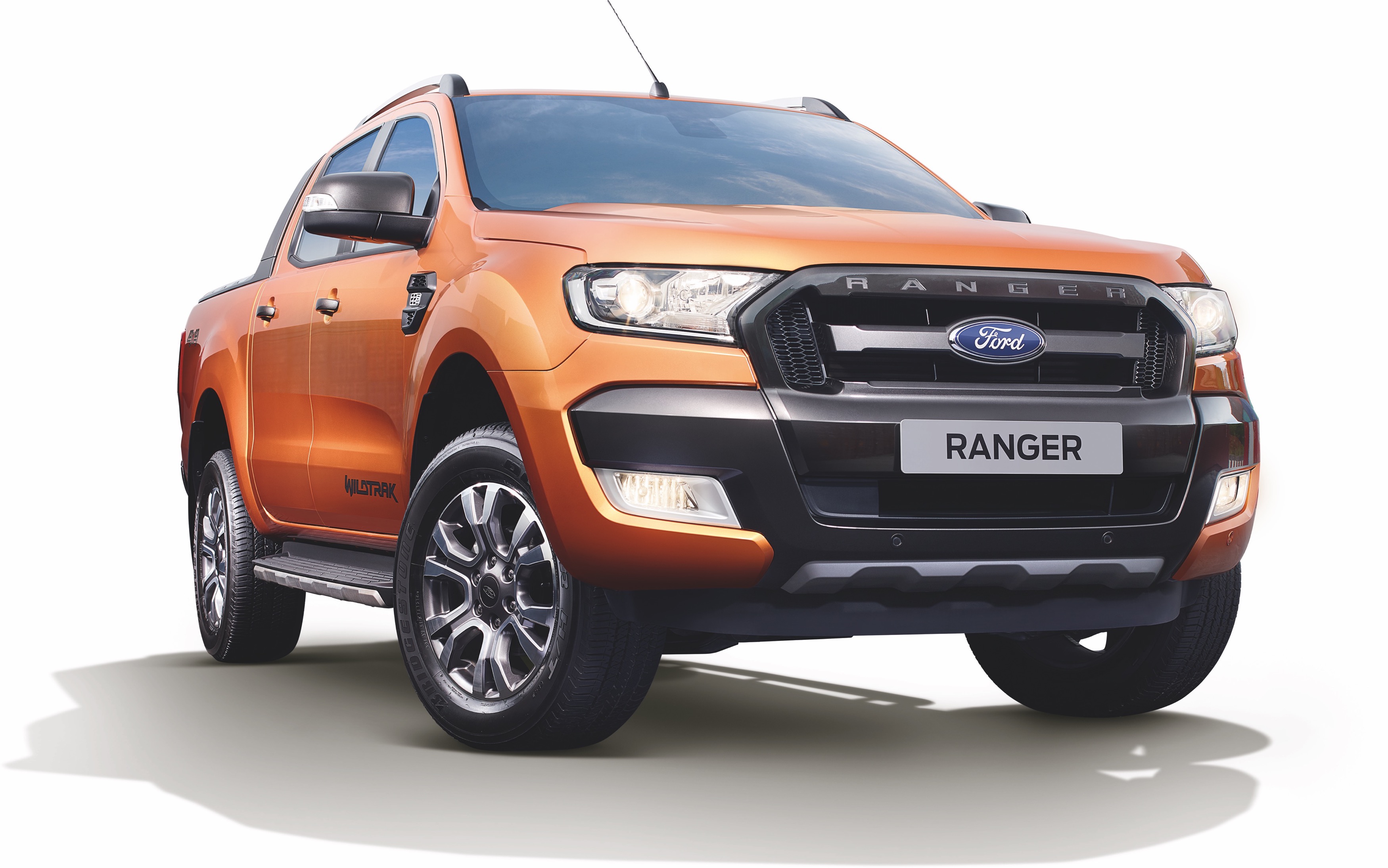
“We are delighted with the growing demand of expanded Ranger line-up and we’re confident that Ford Ranger will continue to drive our momentum in Malaysia. We also remain committed to continuously enhance our customer and ownership experience through the ongoing expansion and upgrades of our dealer network,” added Muzri.

Ford and Sime Darby Auto Connexion have continued to expand the nationwide dealer network this year with the opening of two new facilities in East Malaysia, Sime Darby Auto Connexion (Kuching) and Sime Darby Auto Connexion (Kota Kinabalu). Designed with Ford’s global Brand@Retail standards, these facilities offer Ford’s fast-growing customer base in East Malaysia the even better sales and aftersales services.
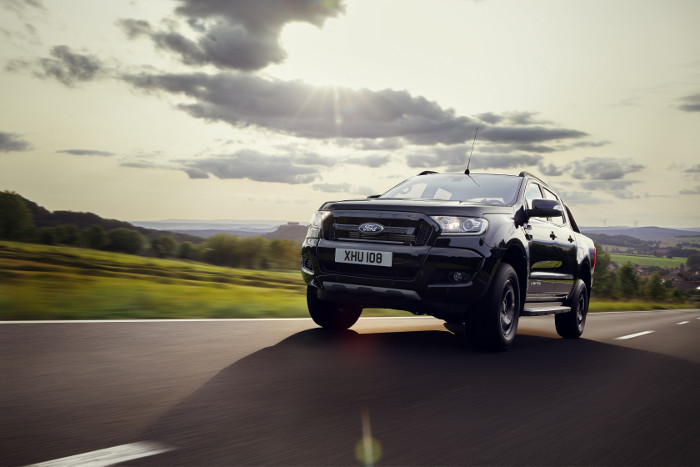
For more information on Ford, visit SDAC’s multilingual website (www.sdacford.com.my), which also features a chatbot now available in three languages – English, Bahasa Malaysia and Simplified Chinese – to provide a better customer engagement experience.
[1] All prices stated are for 2016 or 2017 year-make models, on-the-road, without insurance, for Peninsular and East Malaysia and private individual registration only.



